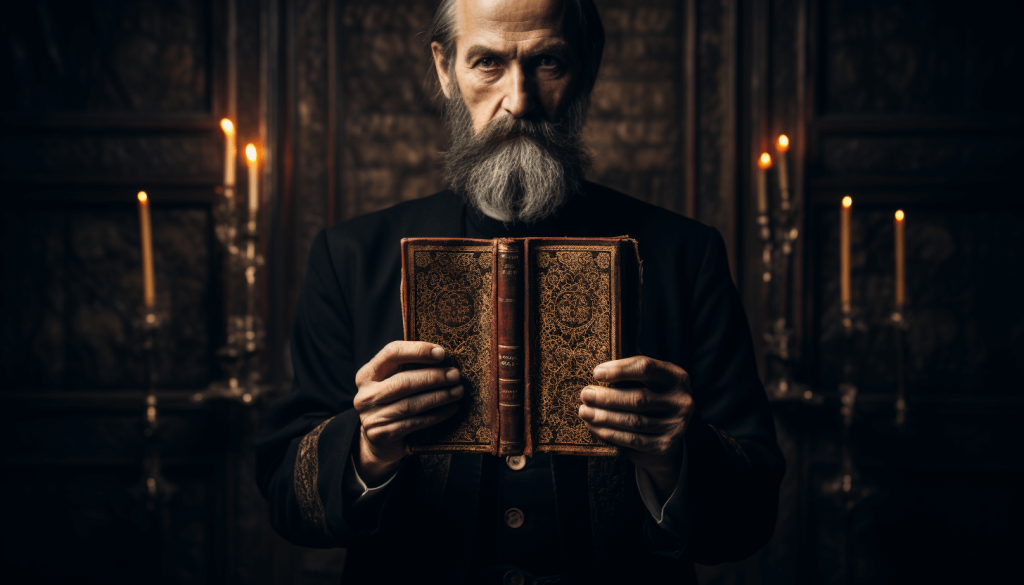The vast tapestry of Catholicism is richly embroidered with a myriad of symbols, each deeply rooted in tradition, scripture, and the very essence of the faith. These symbols serve not merely as ornamental additions but as profound representations of the intricate and layered beliefs held by millions around the world. From the Crucifix, emblematic of Christ’s sacrifice, to the Olive Branch signifying peace, each symbol carries a weight of theological and historical significance.
Notably, the crucifix itself has various forms, each bearing unique interpretations and histories. For those seeking a deeper understanding, our article on the types of crosses provides detailed insights into their diverse manifestations and meanings. This present article further delves into the origins, meanings, and spiritual significance of various Catholic symbols, offering the faithful a richer comprehension of the visual language of Catholicism.
Table of Contents
- 1. Alpha and Omega
- 2. Altar and Altar Candle
- 3. Ambo
- 4. Ashes
- 5. Bread, Wine, and Eucharist Symbols
- 6. Paschal Candle
- 7. Chalice
- 8. Chi Rho, IHS, and INRI
- 9. Chrism, Oil of Catechumens, and Oil of the Sick
- 10. Crosier
- 11. Crucifix and Cross Variations
- 12. Dove and Fire
- 13. Holy Water and Holy Water Font
- 14. Ichthus and Fish
- 15. Incense
- 16. Lily and Fleur de Lis
- 17. Miter
- 18. Monstrance
- 19. Palm
- 20. Sanctuary Light
- 21. Tabernacle
- 22. Triqueta, Three-Leafed Clover, Shamrock, and Triangle
- 23. Water and Baptism Symbols
- 24. White Garment
- 25. Lamb and Good Shepherd
- 26. Crossed Keys
- 27. Sacred Heart
- 28. Halo
- 29. Snake and Serpent
- 30. Eye of God
- 31. Pelican
- 32. Circle
- 33. Crown of Thorns
- 34. Ship
- 35. Olive and Olive Branch
- 36. Candle
1. Alpha and Omega
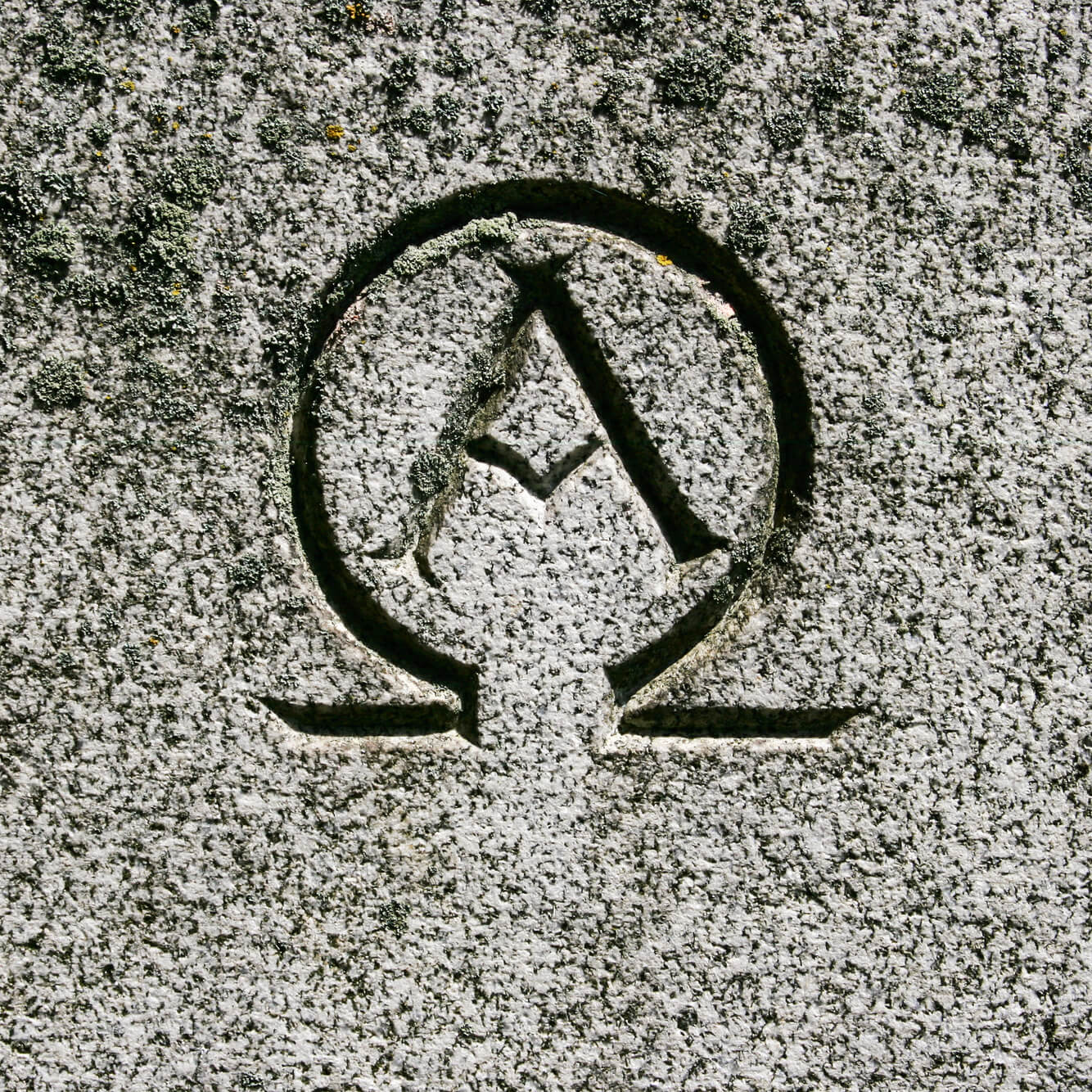
The Beginning and The End: Alpha and Omega are the first and last letters of the Greek alphabet. Ever seen the two letters intertwined on a church window or in religious art? That’s not mere decoration; it’s deeply symbolic.
Alpha and Omega signify that God is eternal; spanning from the beginning to the end of time. When you encounter these symbols, remember, it’s a gentle nudge, a reminder of God’s omnipresence. Ever-present, everywhere, every time. Feeling overwhelmed? Here’s a thought: What better anchor in tumultuous times than something that has always been and will always be?
2. Altar and Altar Candle
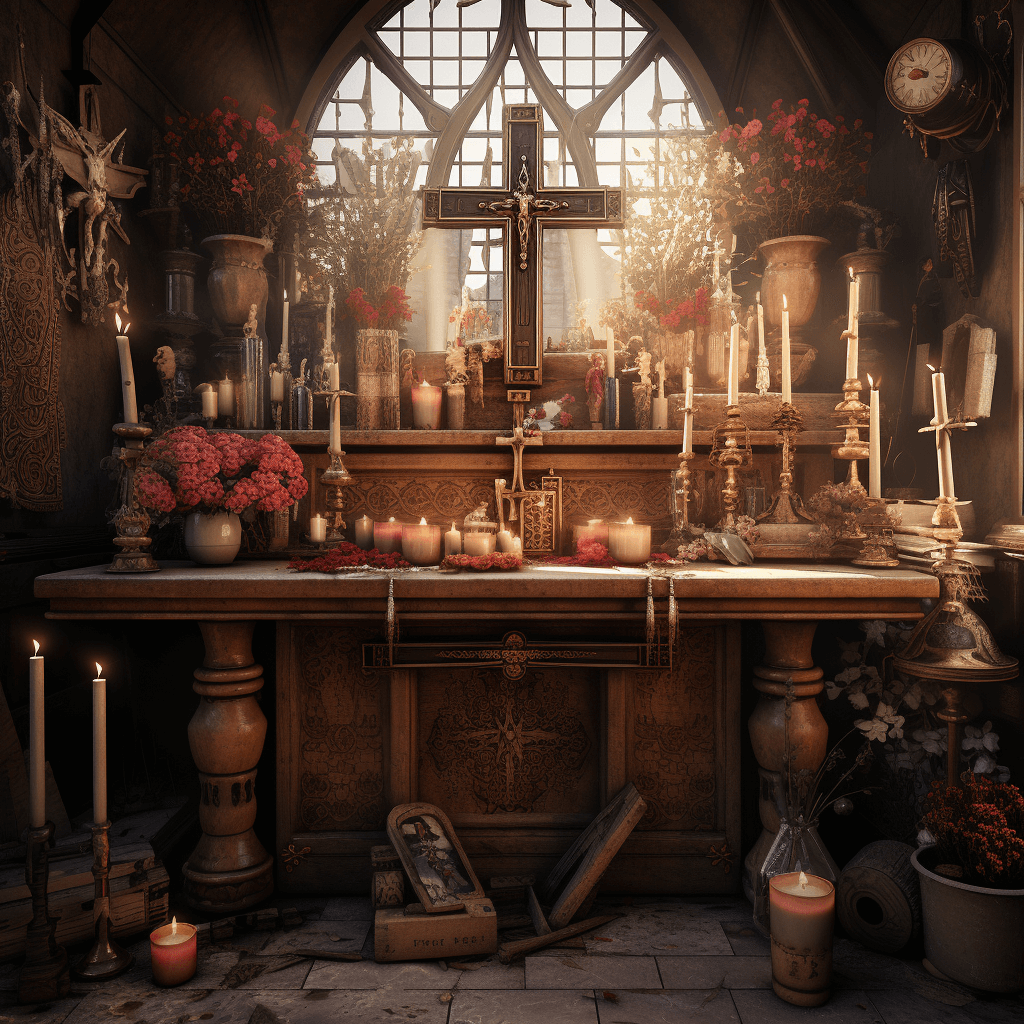
A Divine Intersection: The altar isn’t just a fancy table in churches; it’s where Heaven meets Earth! It’s the focal point of a church and the sacred spot where the Eucharist is celebrated.
The altar candles? They’re not there for mere illumination. These candles symbolize the light of Christ, illuminating our paths and our lives. As they flicker and shine, they’re a silent testament to the radiance of faith and hope.
3. Ambo
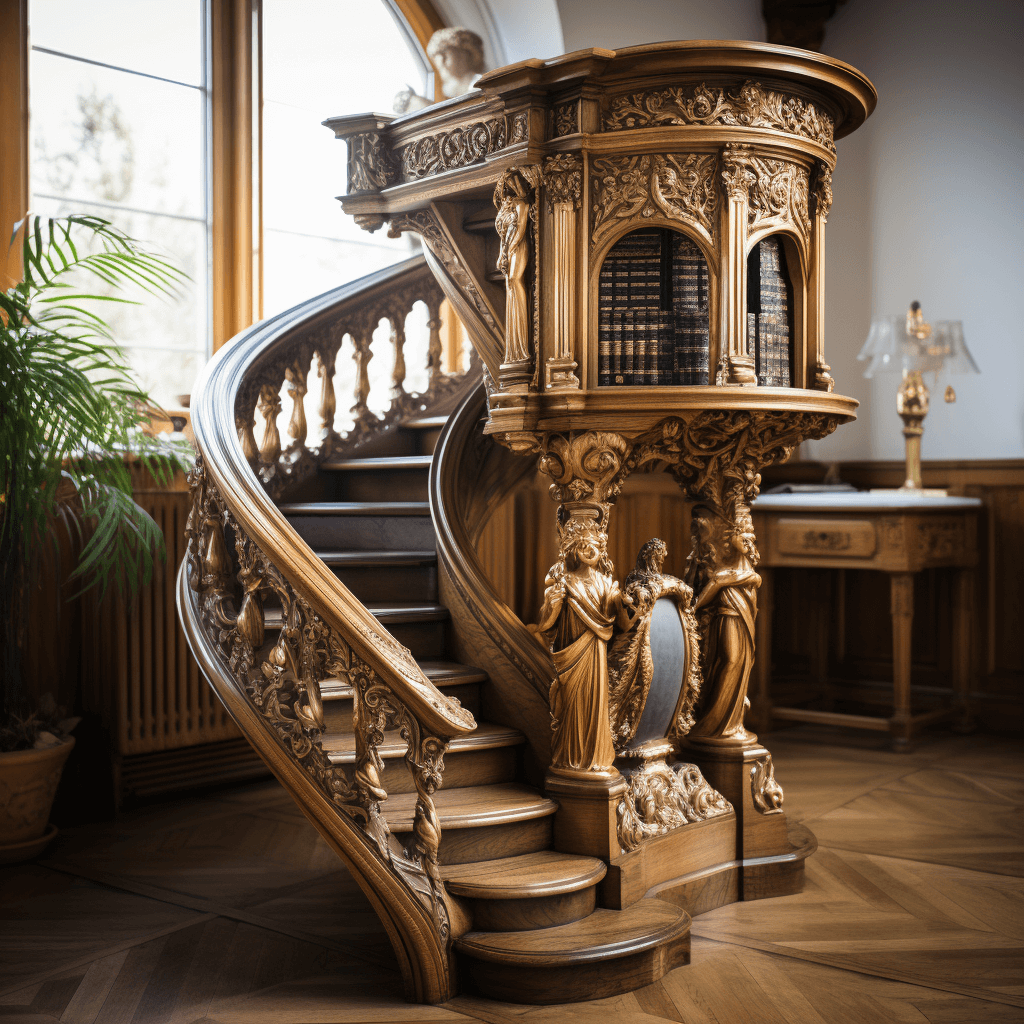
The Stage of God’s Word: If you’re wondering what an Ambo is, it’s the raised platform from which scriptures are read during a Catholic Mass. Think of it as the stage of God’s word.
During a Mass, when you hear readings from the Bible, they’re usually proclaimed from the Ambo. In essence, it emphasizes the significance and centrality of God’s word. When next in church, listen. The Ambo calls, with a story from ages past, yet always timely.
4. Ashes

Of Mortality and Repentance: Ash Wednesday, ring a bell? That’s when Catholics get a smudge of ash on their foreheads. It’s not a beauty statement, but a spiritual one.
Ashes, in Catholic tradition, are a poignant reminder of our mortality. “Remember that you are dust, and to dust you shall return.” But there’s hope in this stark reminder. It’s also a call to repentance and renewal. As the ash fades away, the promise of rebirth and renewal lingers.
5. Bread, Wine, and Eucharist Symbols
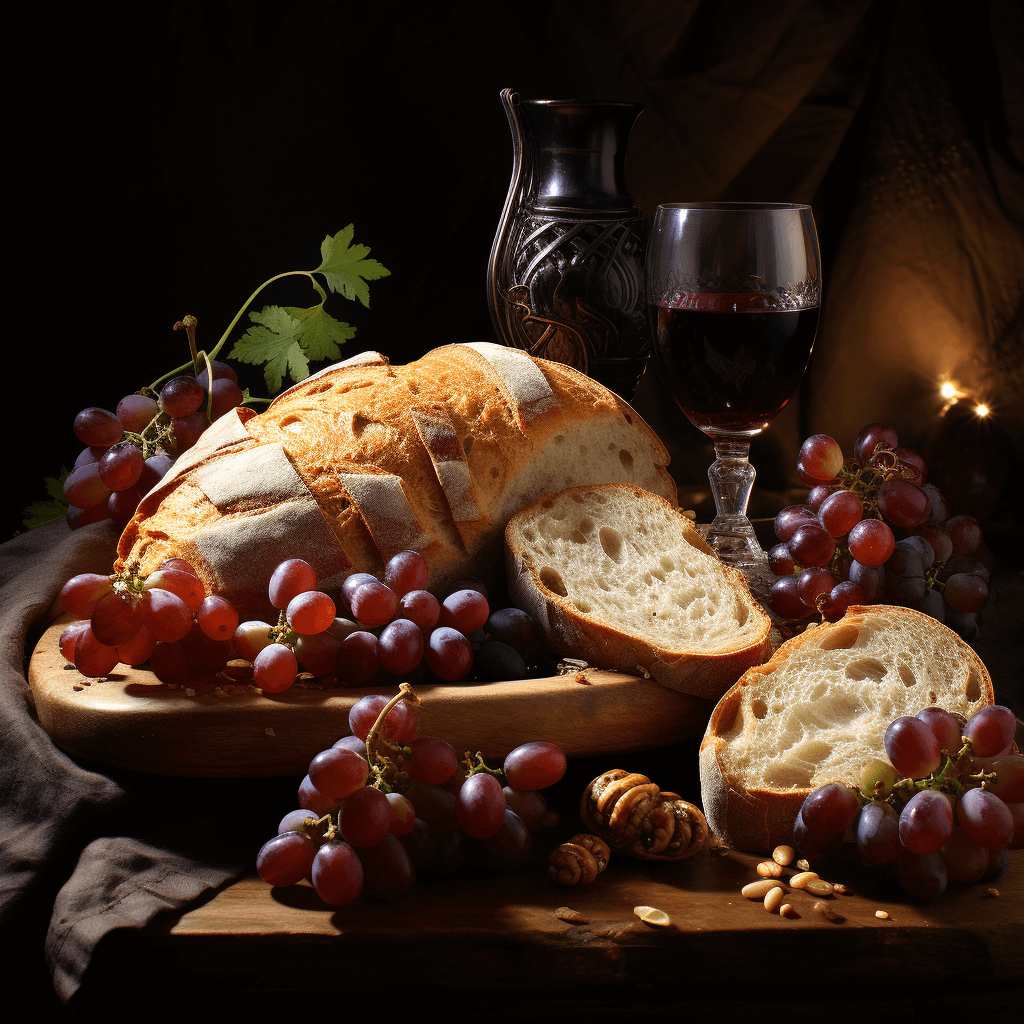
A Meal Unlike Any Other: Bread and wine aren’t just staples of a Mediterranean diet; they’re central to Catholic worship.
During the Eucharist, bread and wine are believed to become the body and blood of Jesus Christ. This transformation is known as transubstantiation. It’s more than a ritual; it’s an affirmation of faith, a shared meal with deep significance. So, the next time you see these symbols, remember, it’s not just about sustenance for the body but nourishment for the soul.
Feel the intrigue? Stick around; there’s a whole world of symbols awaiting discovery. What will you unravel next?
6. Paschal Candle
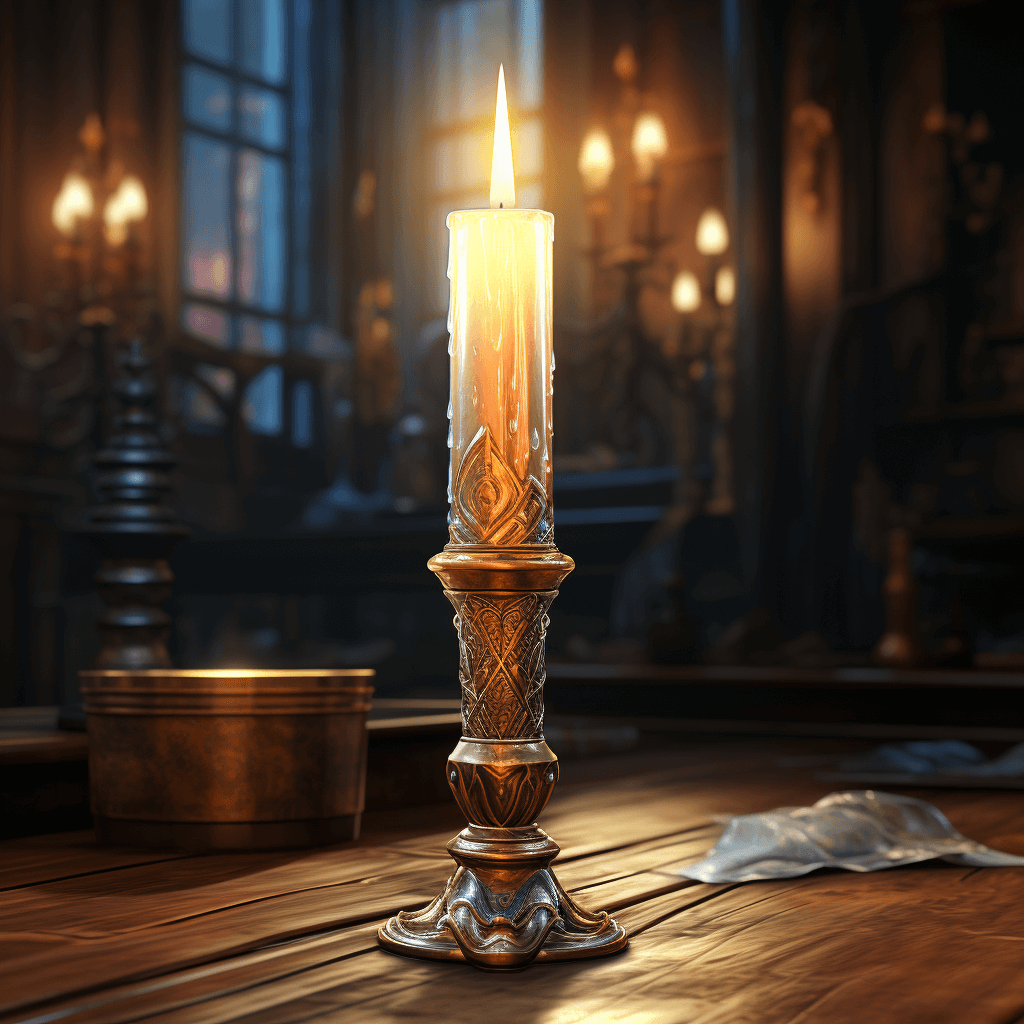
The Light of Resurrection: You’ve likely seen this tall candle lit during the Easter season. The Paschal Candle is not just any ordinary candle; it’s symbolic of the Risen Christ.
Each year, during the Easter Vigil, this candle is lit to remind us of Christ’s victory over darkness and death. As it stands glowing, it’s a beacon of hope, teaching us that even in the darkest moments, light will always find its way.
7. Chalice
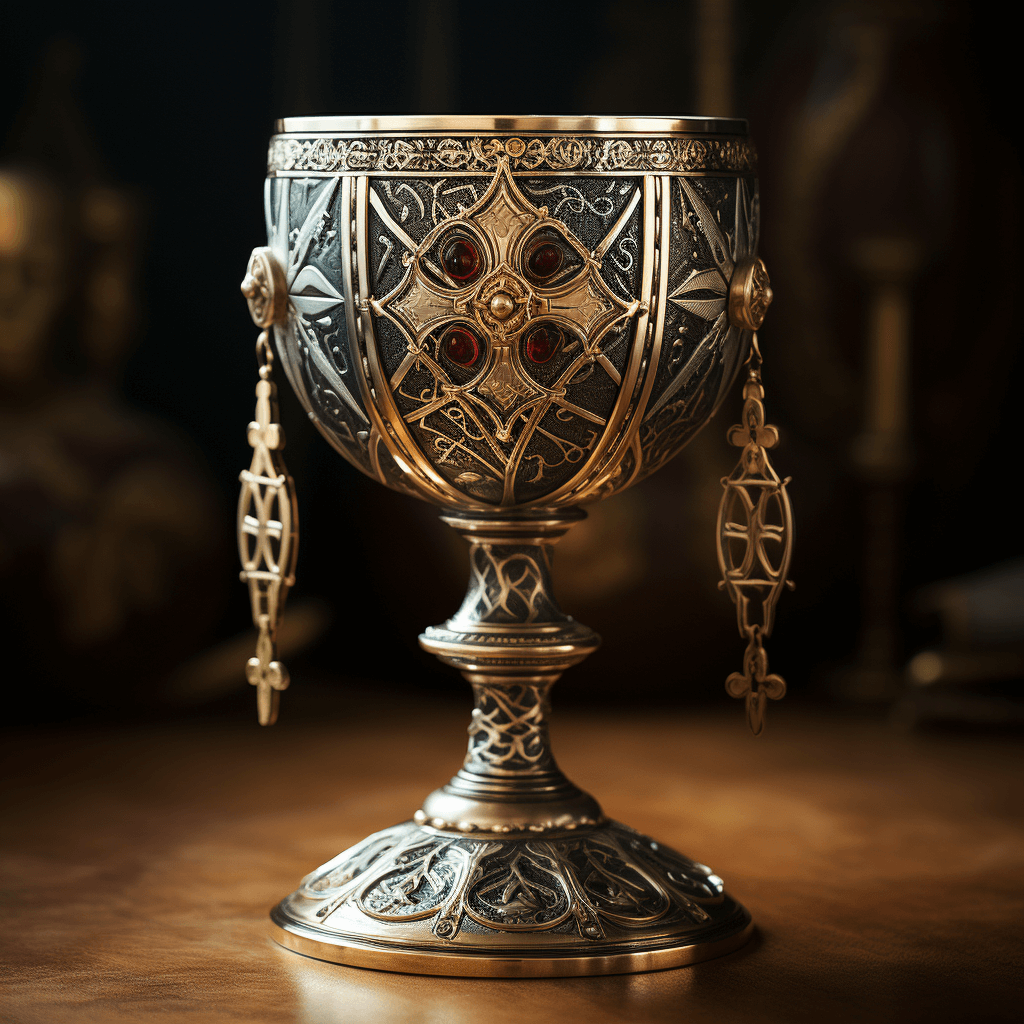
The Vessel of Divine Grace: The chalice, often ornate and beautiful, is more than just a cup. It’s the vessel that holds the wine during the Eucharist, which Catholics believe transforms into the blood of Christ.
Every time you see the chalice raised during Mass, it’s an invitation – a call to reflect, give thanks, and remember the sacrifice made for humanity.
8. Chi Rho, IHS, and INRI
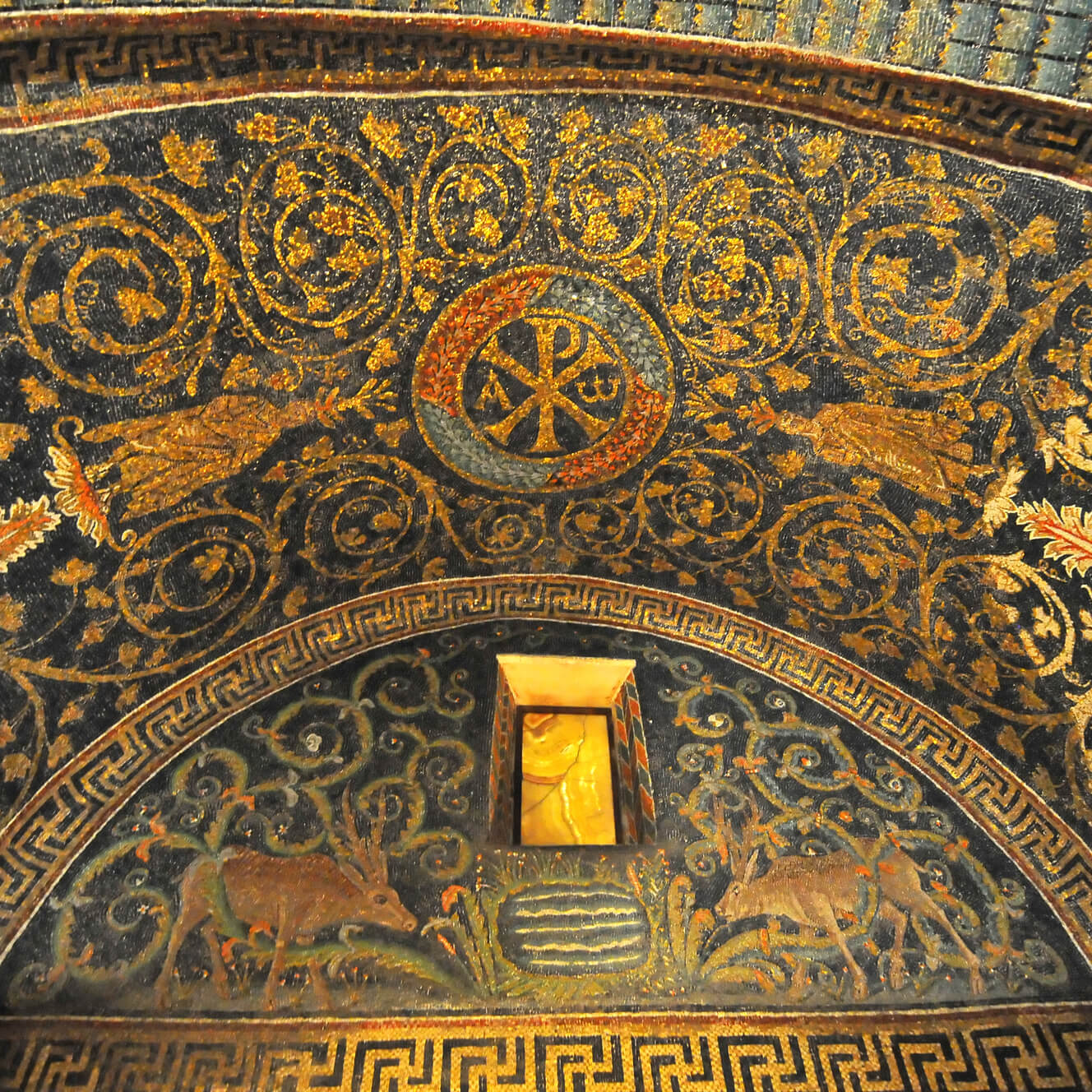
Christ in Symbols: These abbreviations and symbols have one powerful commonality – they all represent Jesus Christ.
- Chi Rho: Comprising the first two Greek letters of the word ‘Christ’, it’s one of the earliest forms of christogram.
- IHS: Often seen on liturgical items, it’s a Christogram derived from the first three letters of the Greek word for Jesus.
- INRI: Standing above crucifixes, these letters translate to “Jesus of Nazareth, the King of the Jews.” It’s a stark reminder of the crucifixion scene.
They might seem like cryptic symbols, but once you know, you see Christ everywhere, in every little detail.
9. Chrism, Oil of Catechumens, and Oil of the Sick
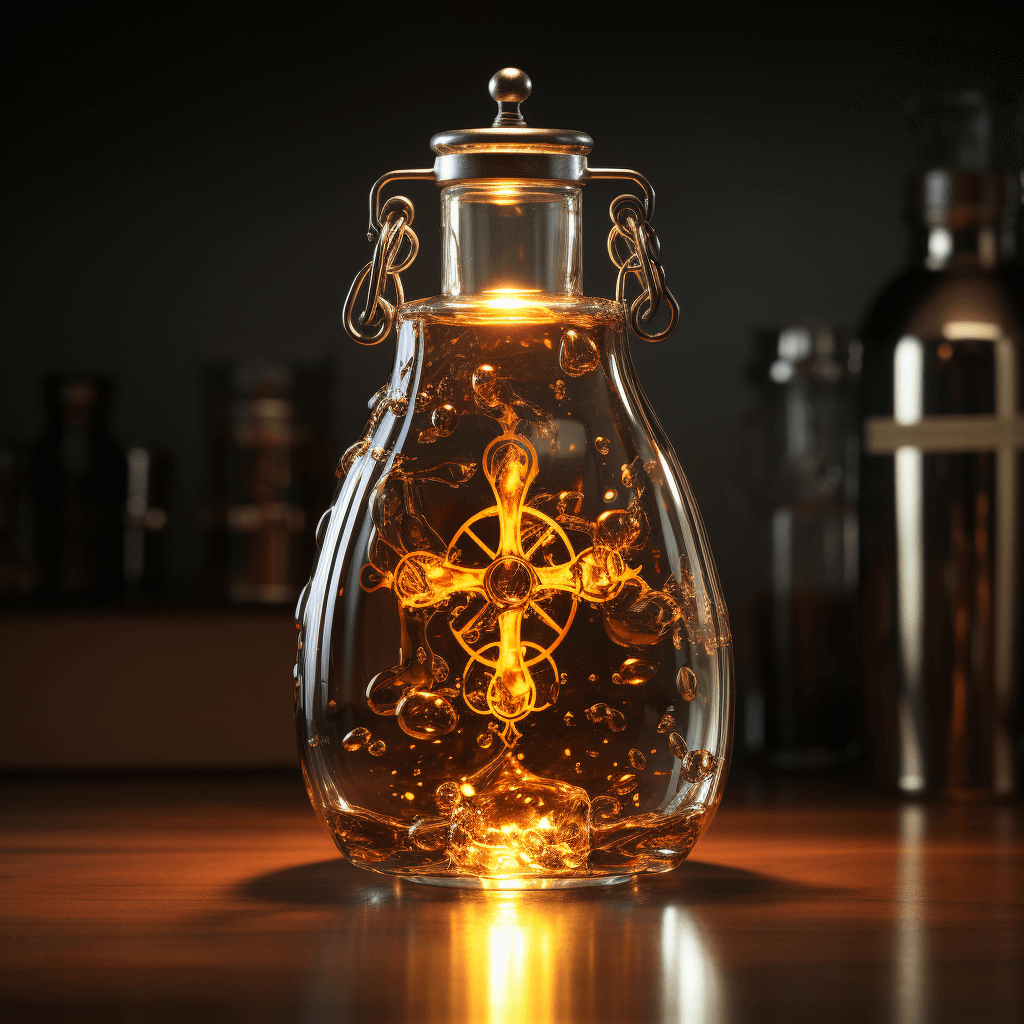
Anointing and Healing: These aren’t just ordinary oils. They’re infused with blessings and are essential for various sacraments.
Chrism: This is a special blend of olive oil and balsam. It signifies strength, and its pleasant aroma symbolizes the “sweet smell” of Christians who perform good deeds. Used in sacraments like Baptism, Confirmation, and Holy Orders, it’s a seal of consecration to God.
Oil of Catechumens: Used during Baptism, this oil blesses and prepares individuals, offering protection from evil.
Oil of the Sick: As the name suggests, this is used in the Anointing of the Sick sacrament. It brings comfort, strength, and healing to those who are ill or nearing death.
10. Crosier
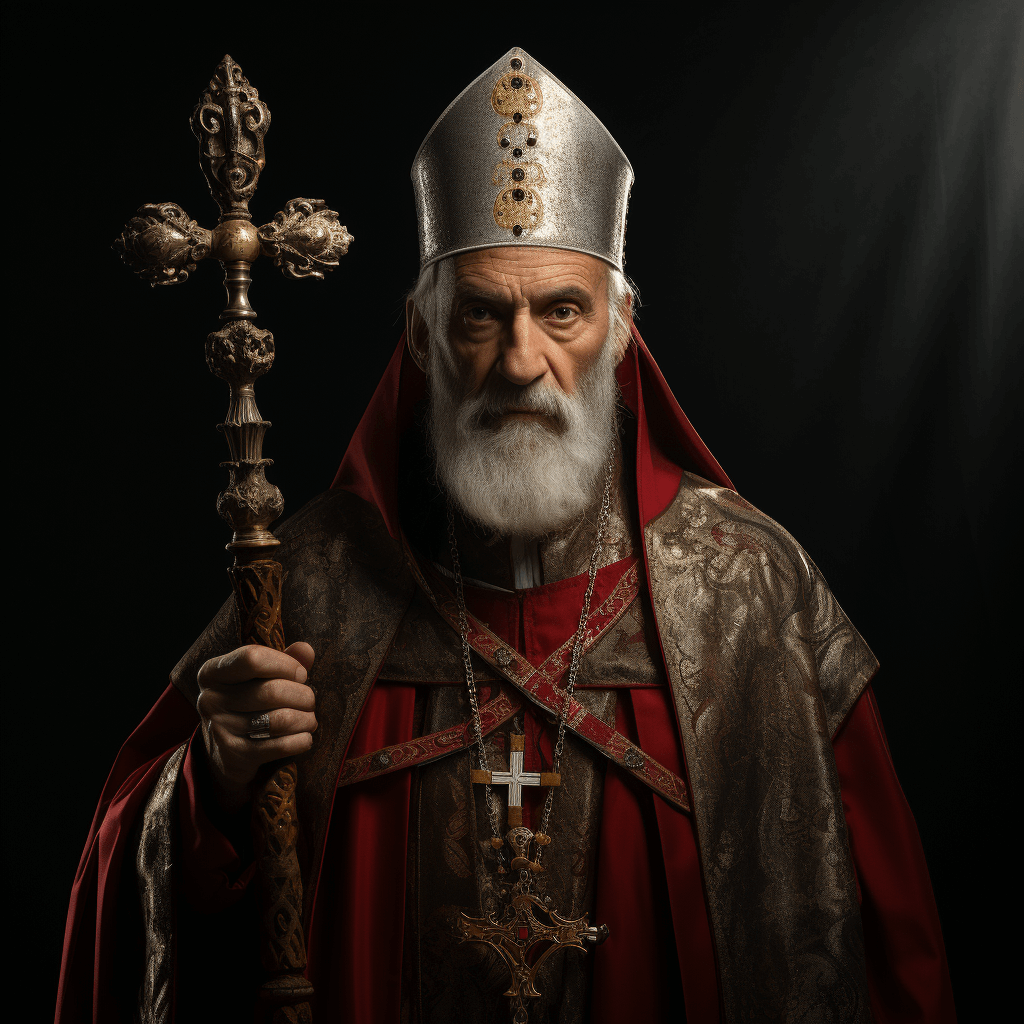
A Shepherd’s Care: The crosier, or bishop’s staff, is a visual emblem of a bishop’s role. Much like a shepherd guiding and guarding his flock, the bishop, with his crosier, is a shepherd to his people, leading them in faith.
Every time a bishop holds a crosier, it’s a vivid reminder of the pastoral care, guidance, and responsibility they carry for their flock.
11. Crucifix and Cross Variations
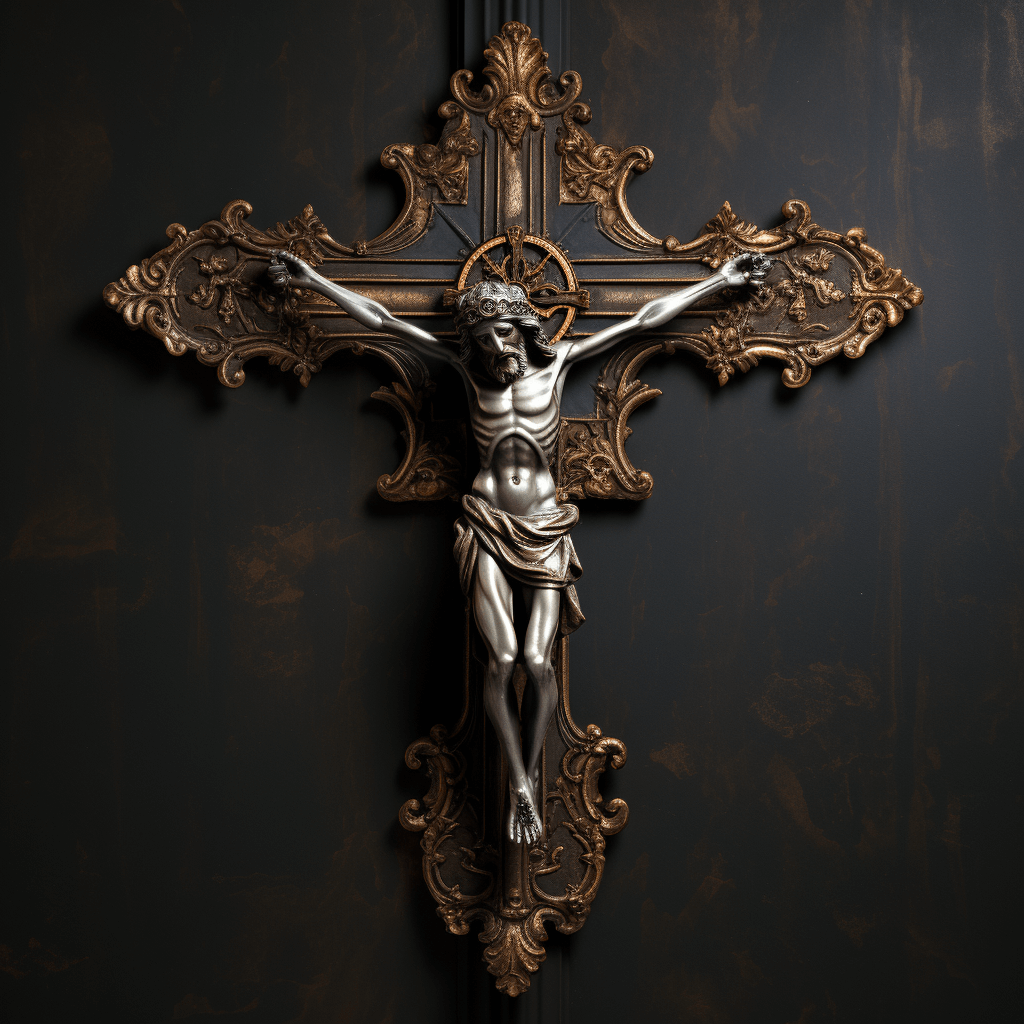
The Crucifix, showcasing Jesus on the cross, is a potent symbol of His sacrifice and love for humanity. Different from a plain cross, the crucifix is a daily reminder of Jesus’ pain, death, and resurrection.
There are also numerous Cross Variations, like the Celtic Cross and the St. Andrew’s Cross, each with its historical and spiritual significance.
12. Dove and Fire
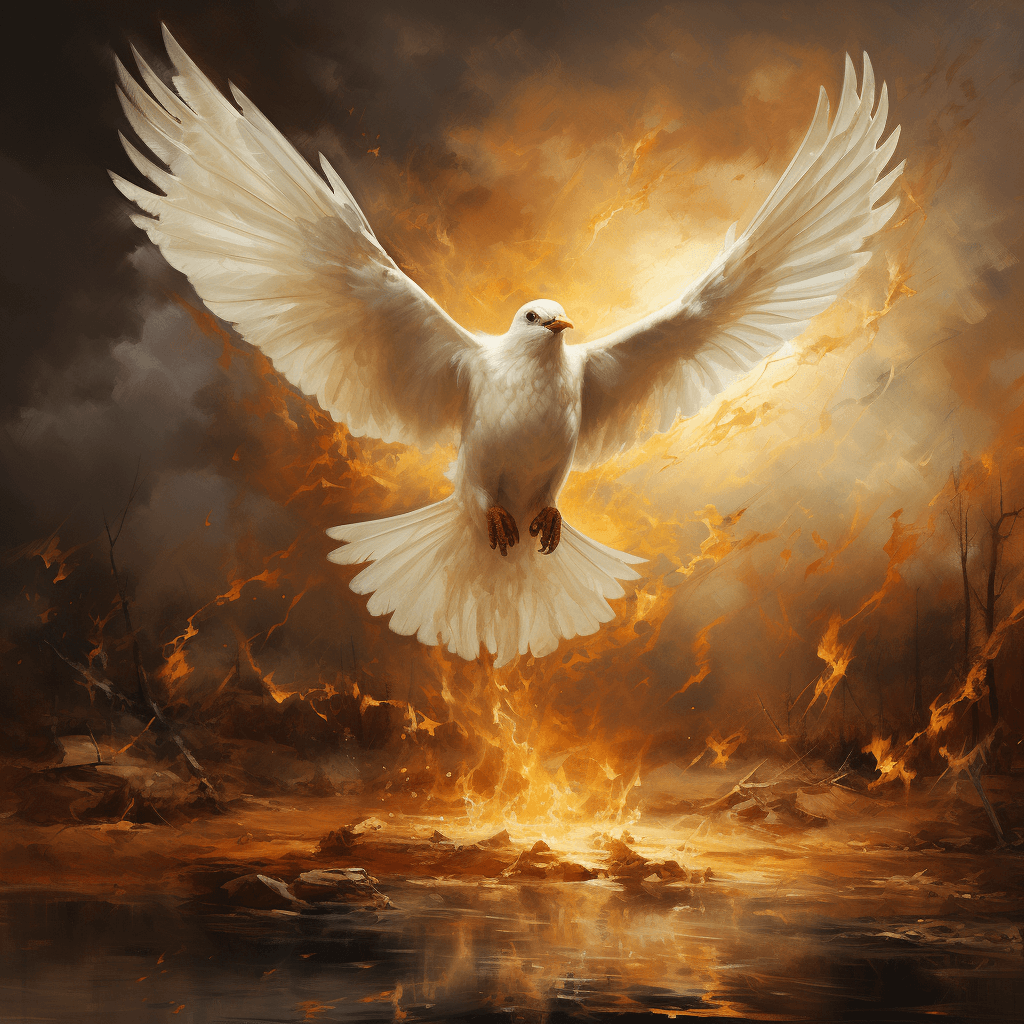
The Dove is universally recognized as a symbol of peace, but for Catholics, it also represents the Holy Spirit. It recalls the biblical story where the Holy Spirit descended upon Jesus during his baptism in the form of a dove.
Fire, another symbol for the Holy Spirit, signifies transformation and purification. It recalls the Pentecost, where tongues of fire rested upon the Apostles.
13. Holy Water and Holy Water Font

Holy Water is a sacramental that reminds us of baptism. Used in various liturgies and rituals, it signifies purification and the flow of life from God.
The Holy Water Font is often located at the entrance of churches. Parishioners dip their fingers into this font, making the sign of the cross as a gesture of remembrance of their baptism.
14. Ichthus and Fish
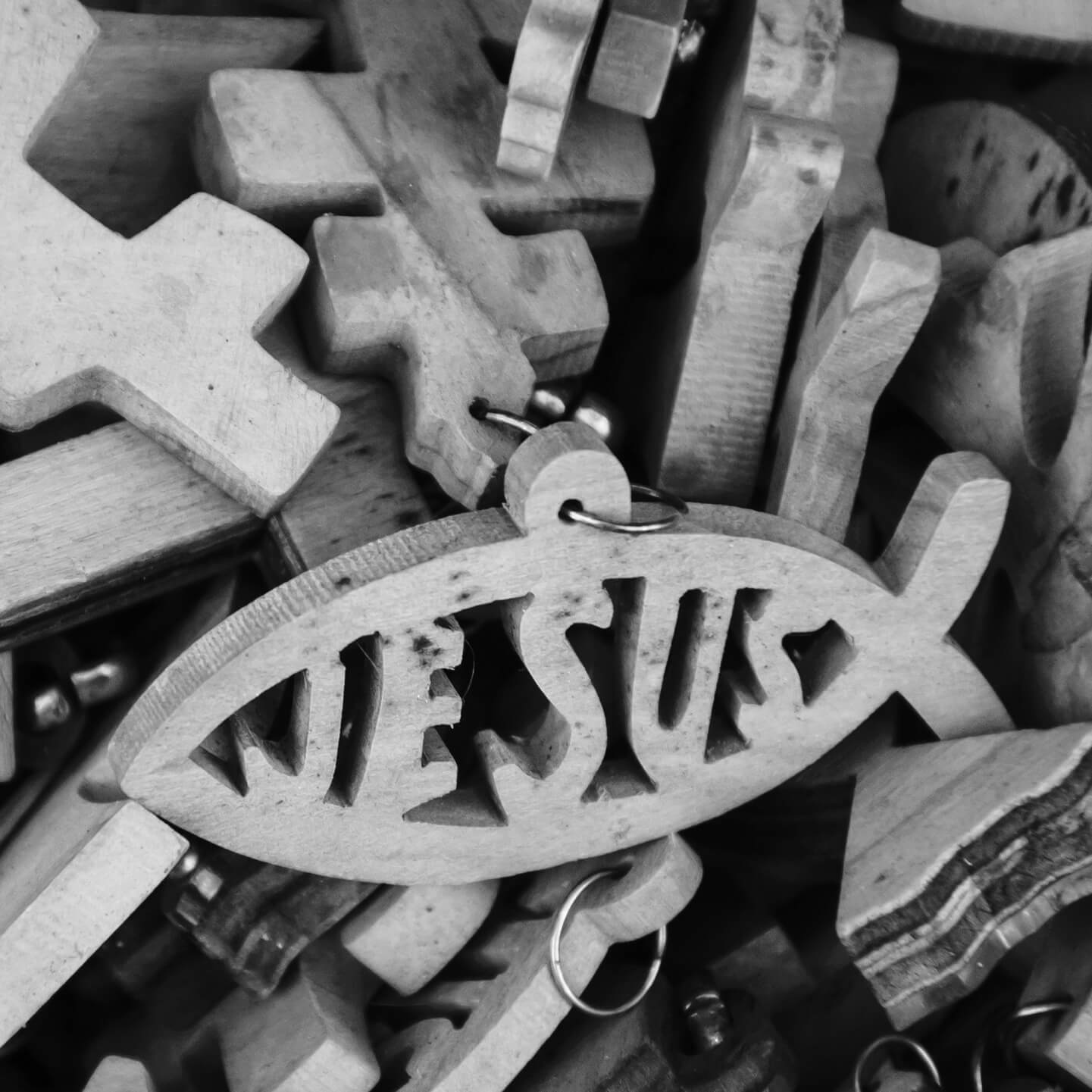
Ichthus is a Greek word for fish, and it’s an ancient Christian symbol. Each letter in ‘Ichthus’ stands for a word, forming the phrase “Jesus Christ, God’s Son, Savior.”
The Fish symbol, which you might see on cars or jewelry, dates back to the early Christian church. It was an undercover symbol used to identify each other during times of persecution.
15. Incense
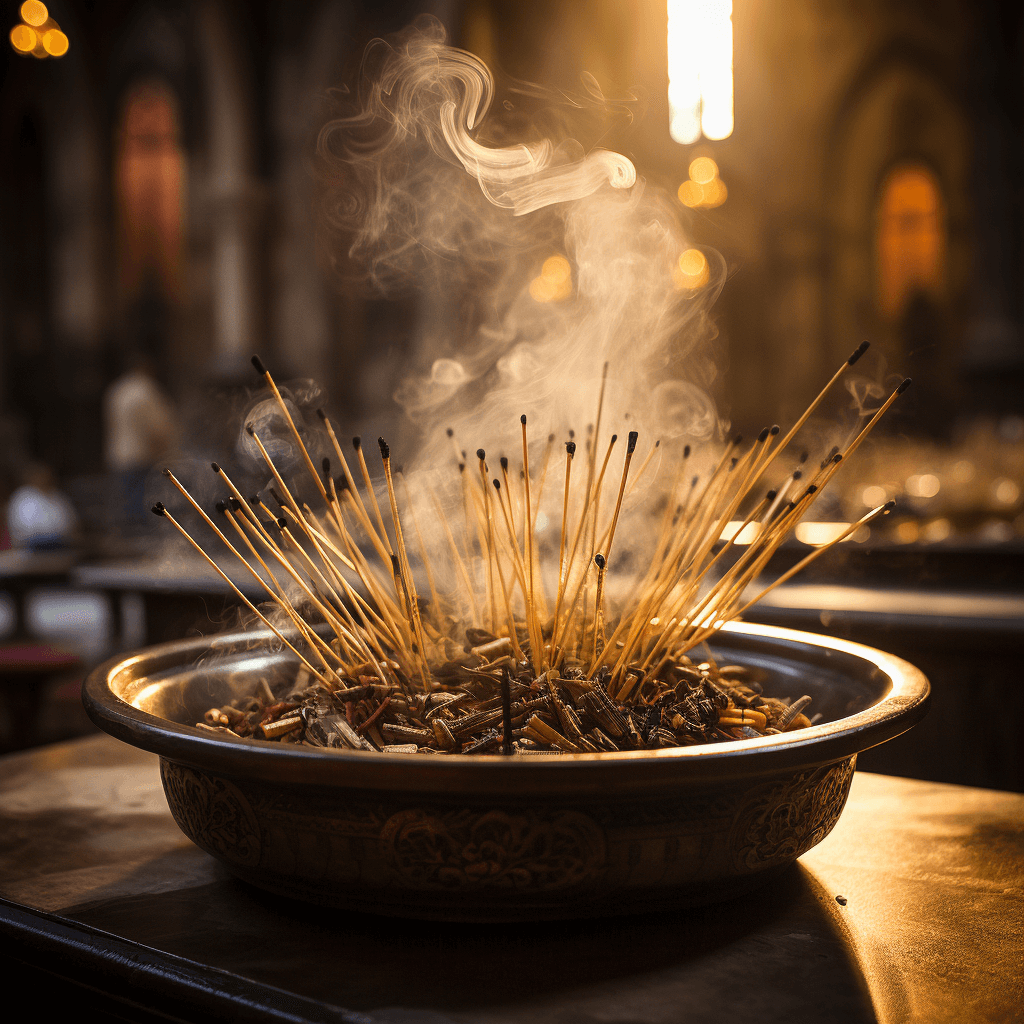
In Catholic rituals, Incense signifies our prayers rising to heaven, much like the smoke rises when it’s burned. It also represents purification, with its sweet aroma believed to ward off evil spirits.
16. Lily and Fleur de Lis
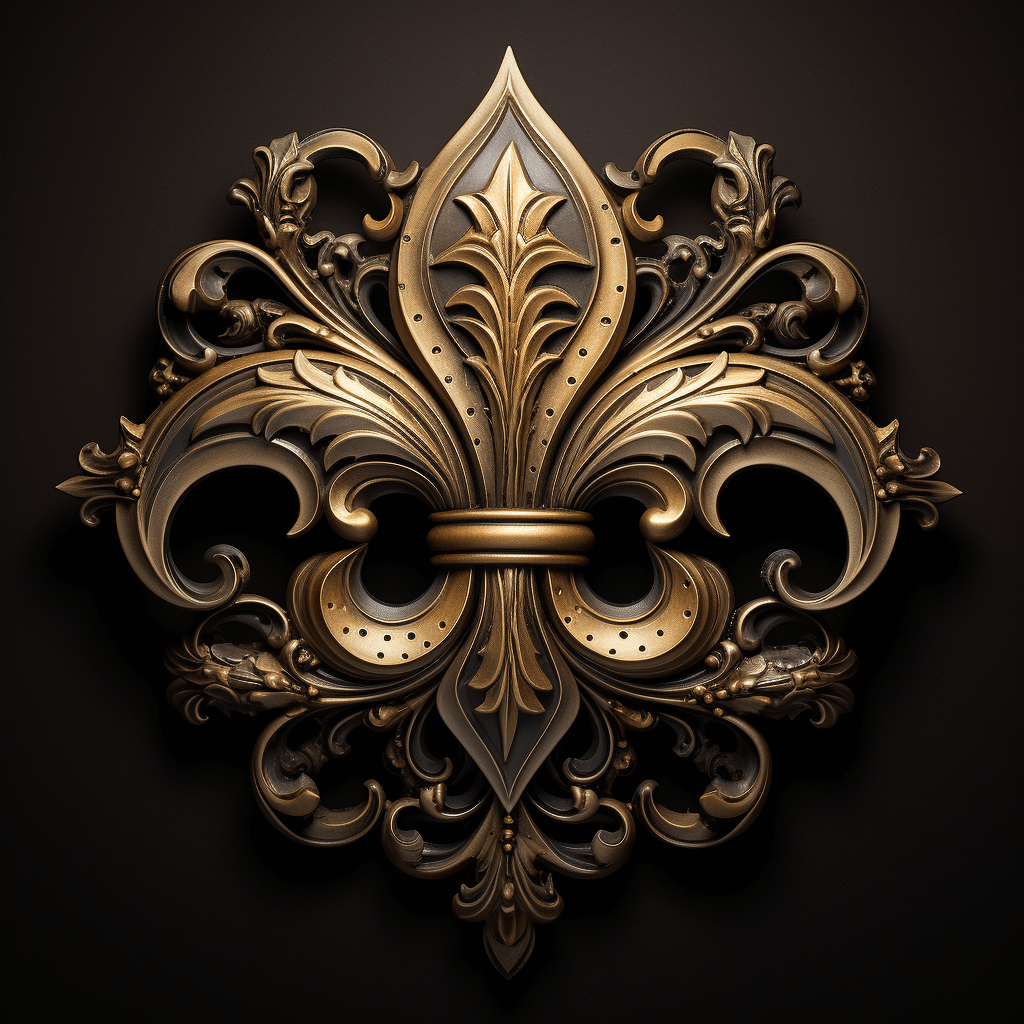
The Lily, especially the white one, embodies purity, chastity, and virtue. Often associated with the Virgin Mary, it serves as a reminder of her immaculate nature and her role as the Mother of God.
The Fleur de Lis, resembling a stylized lily, holds deep roots in Christian symbolism too. Linked frequently with Mary, this emblem radiates notions of motherhood, purity, and unyielding faith.
17. Miter
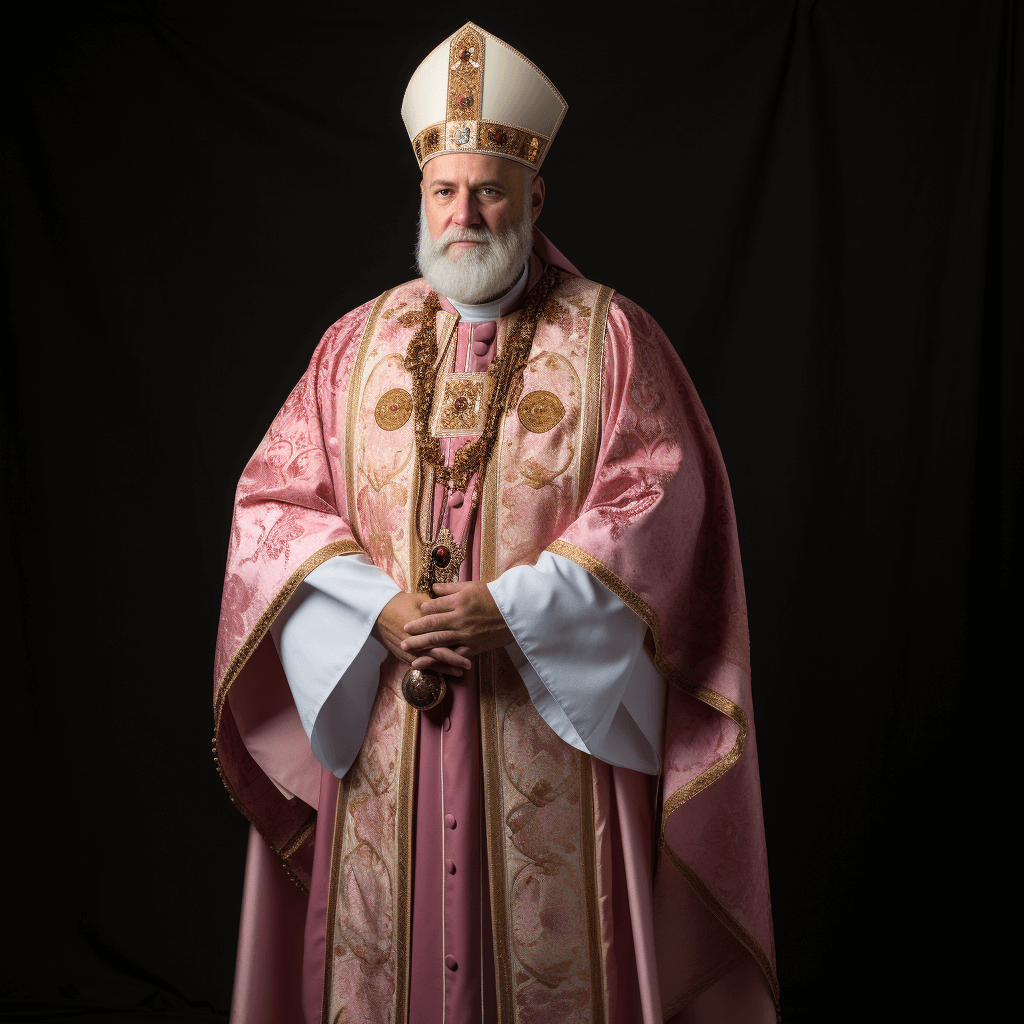
The Miter, a distinct tall, pointed hat, rests upon the heads of bishops during liturgical ceremonies. Its unique shape and prominence are no accident – it symbolizes the authority and responsibility that bishops hold within the Church.
18. Monstrance
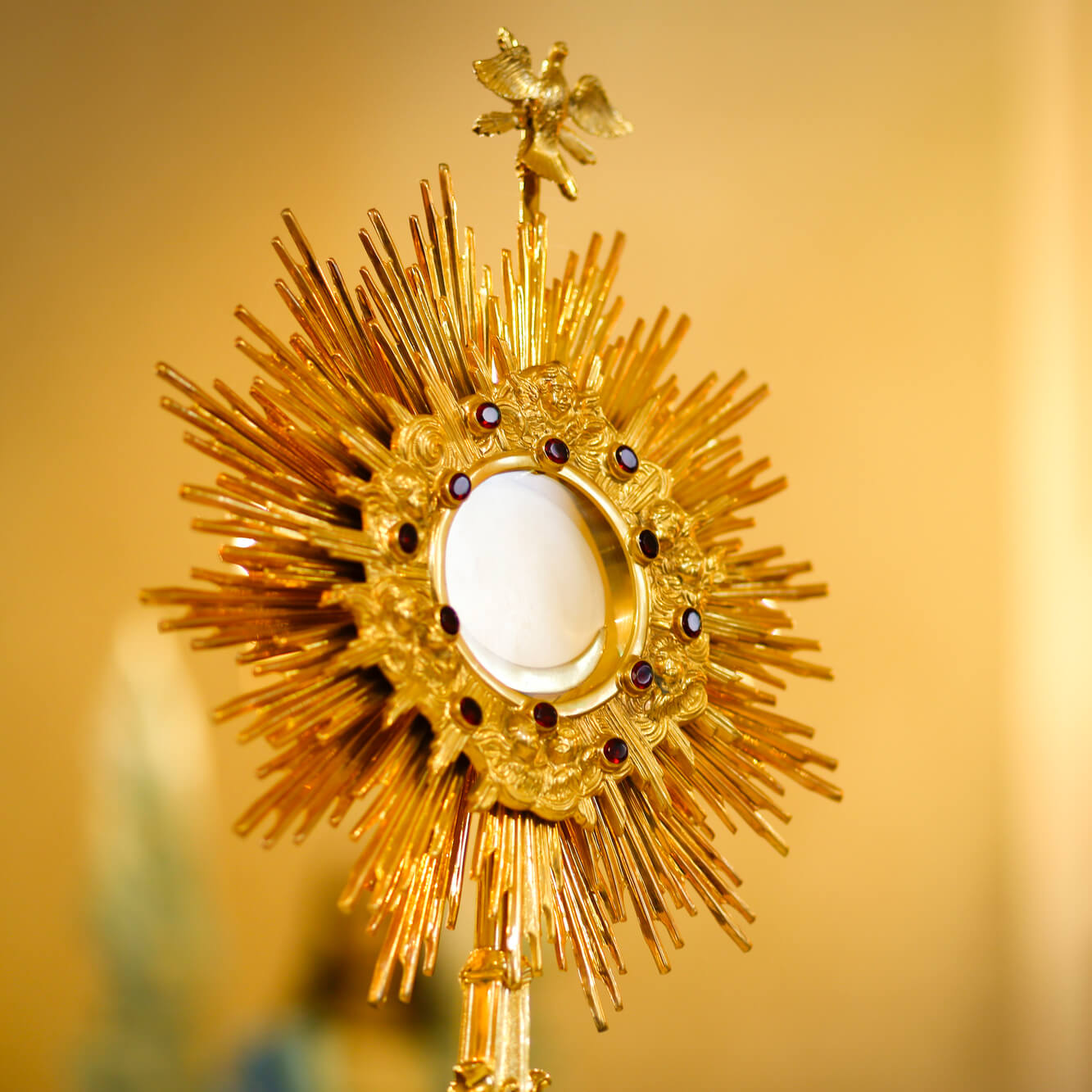
At the heart of Catholic worship lies the Monstrance. This ornate vessel, often gold or gilded, is specially designed to display the consecrated Host during Eucharistic adoration. Its radiant design, which frequently involves a sunburst motif, stresses the importance and glory of what it holds – the very Body of Christ.
19. Palm

Palms are integrally tied to the memory of Jesus’ triumphant entry into Jerusalem. On Palm Sunday, Christians worldwide remember this event, using palms as a symbol of victory, peace, and eternal life.
20. Sanctuary Light
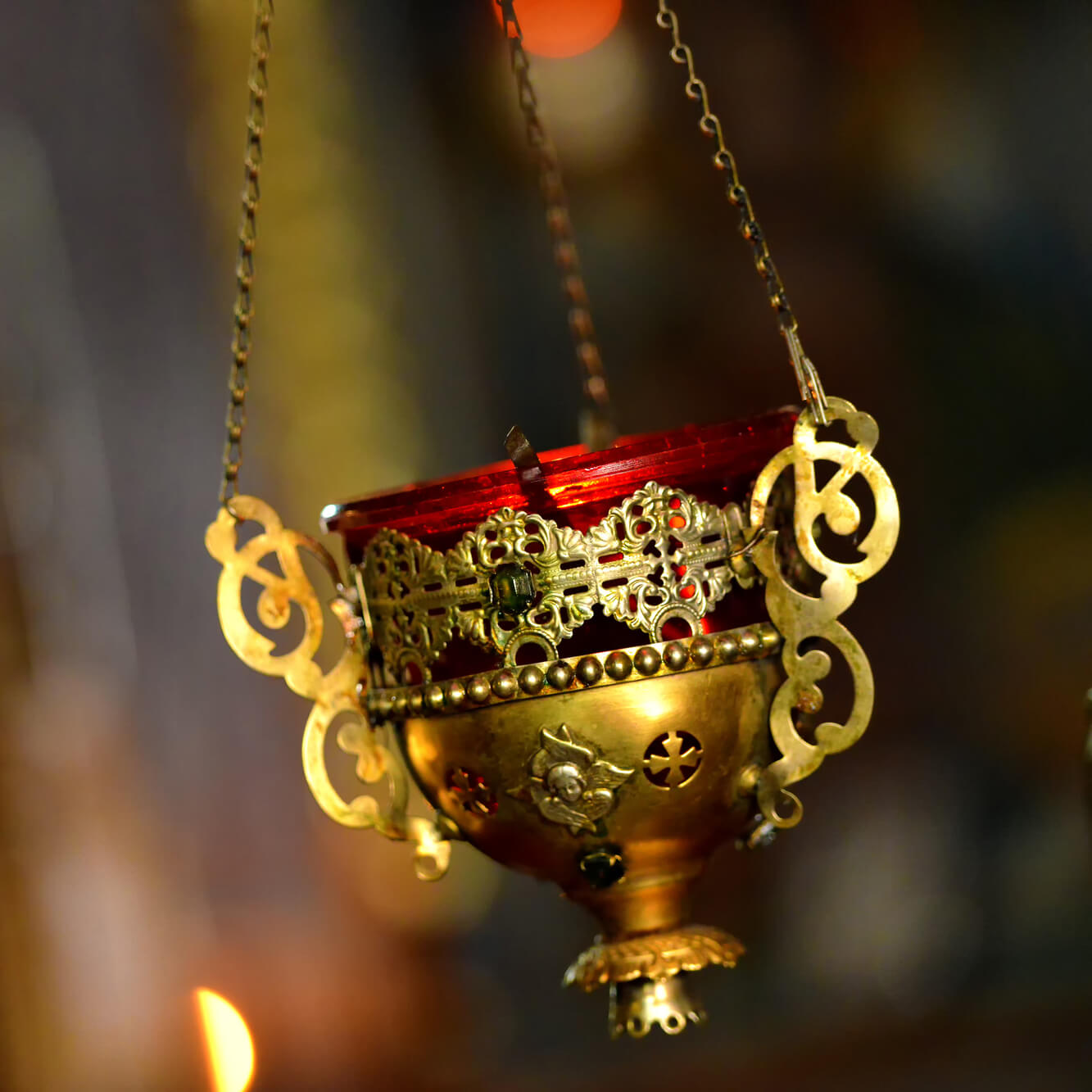
The Sanctuary Light, a constantly burning candle in Catholic churches, plays an essential, albeit subtle, role. It indicates the presence of the Blessed Sacrament in the tabernacle. This ever-lit flame serves as a reminder of Jesus’ enduring presence among his believers.
21. Tabernacle
The Tabernacle isn’t just an ornate cabinet in churches. It’s a sacred repository. Inside, the consecrated bread, or the Blessed Sacrament, resides. Beyond its physical structure, it symbolizes God’s dwelling place among His people and reminds worshippers of the holy presence of Jesus in the Eucharist.
22. Triquetra, Three-Leafed Clover, Shamrock, and Triangle
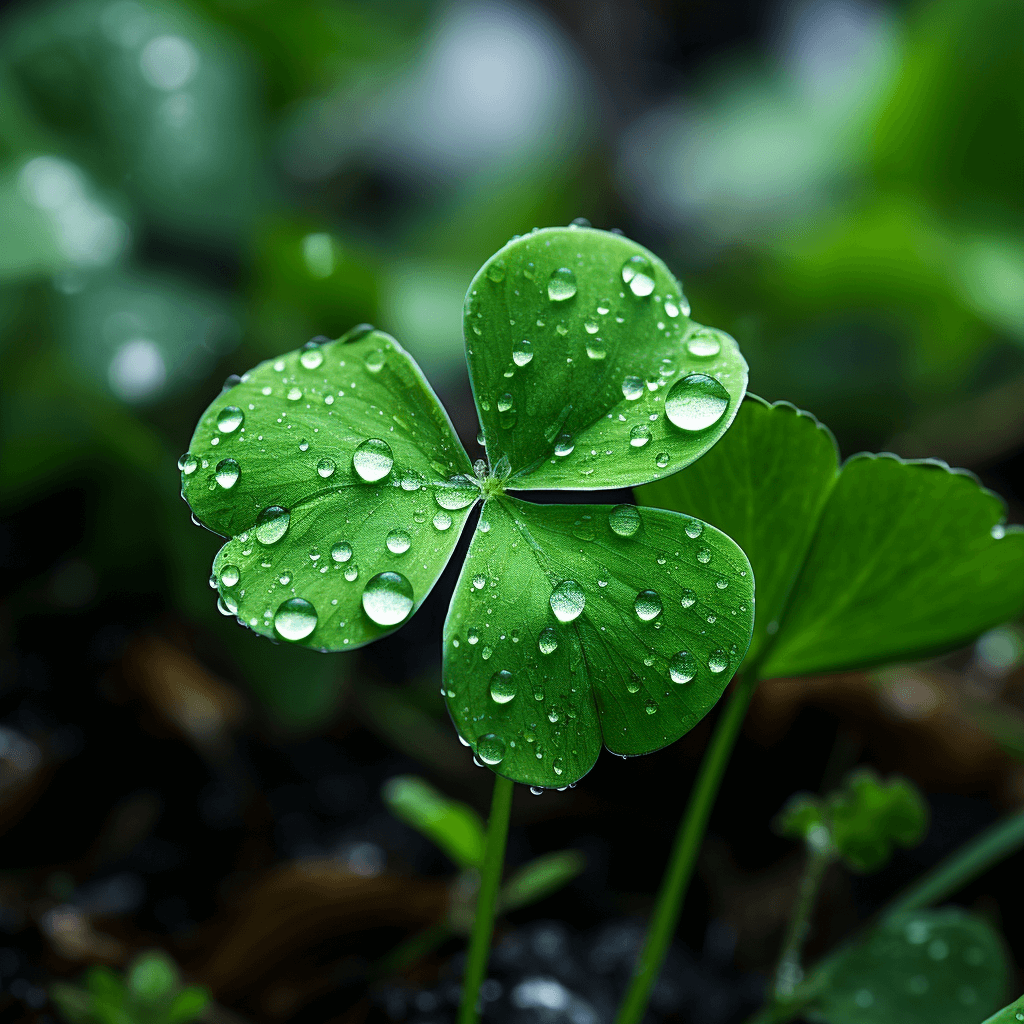
The concept of Trinity – the Father, Son, and Holy Spirit – is central to Christian belief. Various symbols try to encapsulate this profound mystery:
- The Triquetra is an intricate Celtic knot with three interlocking arcs, devoid of any beginning or end, representing eternity and the interconnected nature of the Holy Trinity.
- St. Patrick’s Three-Leafed Clover or Shamrock is another visual metaphor. Legend has it that he used it to explain the Trinity, with each leaf standing for a different entity but all stemming from a single stem.
- The Triangle too, with its three equal sides, has served as a straightforward geometric depiction of the Holy Trinity.
23. Water and Baptism Symbols
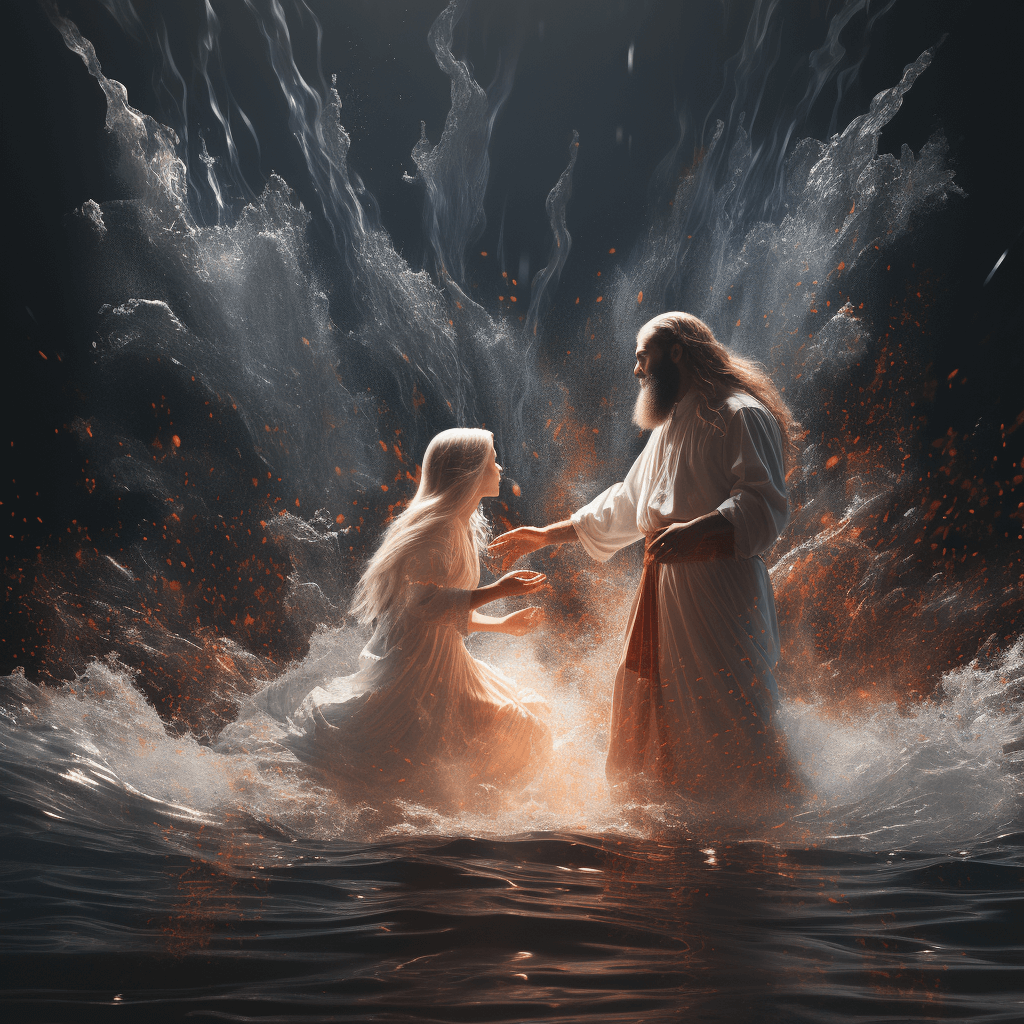
Water flows deep within Christian practices. It’s not just H2O; it symbolizes purification, regeneration, and a spiritual rebirth. Most notably, during Baptism, water signifies death with Christ and rising to a brand new life with Him.
Associated closely with Baptism is the Shell. It’s often used to scoop the water during the sacrament, making it a cherished symbol of rebirth and the grace of God.
24. White Garment

After Baptism, the newly baptized are often adorned with a White Garment. This isn’t just a mere clothing change. It signifies a transformation – becoming a new creation in Christ Jesus. White, in its purity, mirrors the renewed soul, cleansed from sin and now glowing with divine light.
25. Lamb and Good Shepherd
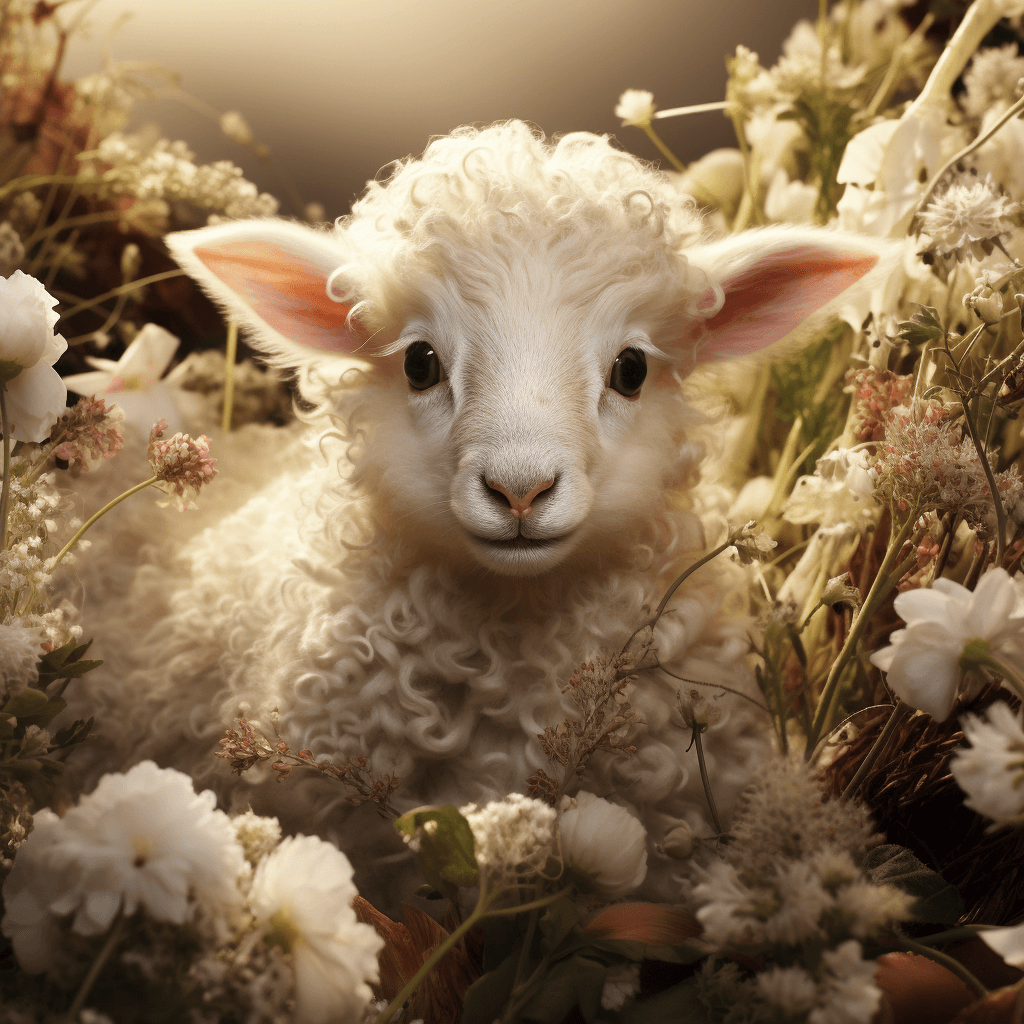
The image of the Lamb is deeply rooted in Christian theology. Representing innocence and sacrifice, the lamb often signifies Jesus, the “Lamb of God who takes away the sins of the world.” On the other hand, the Good Shepherd depicts Jesus as a caring shepherd looking after his flock, guiding them through the challenges of life and protecting them from harm.
26. Crossed Keys
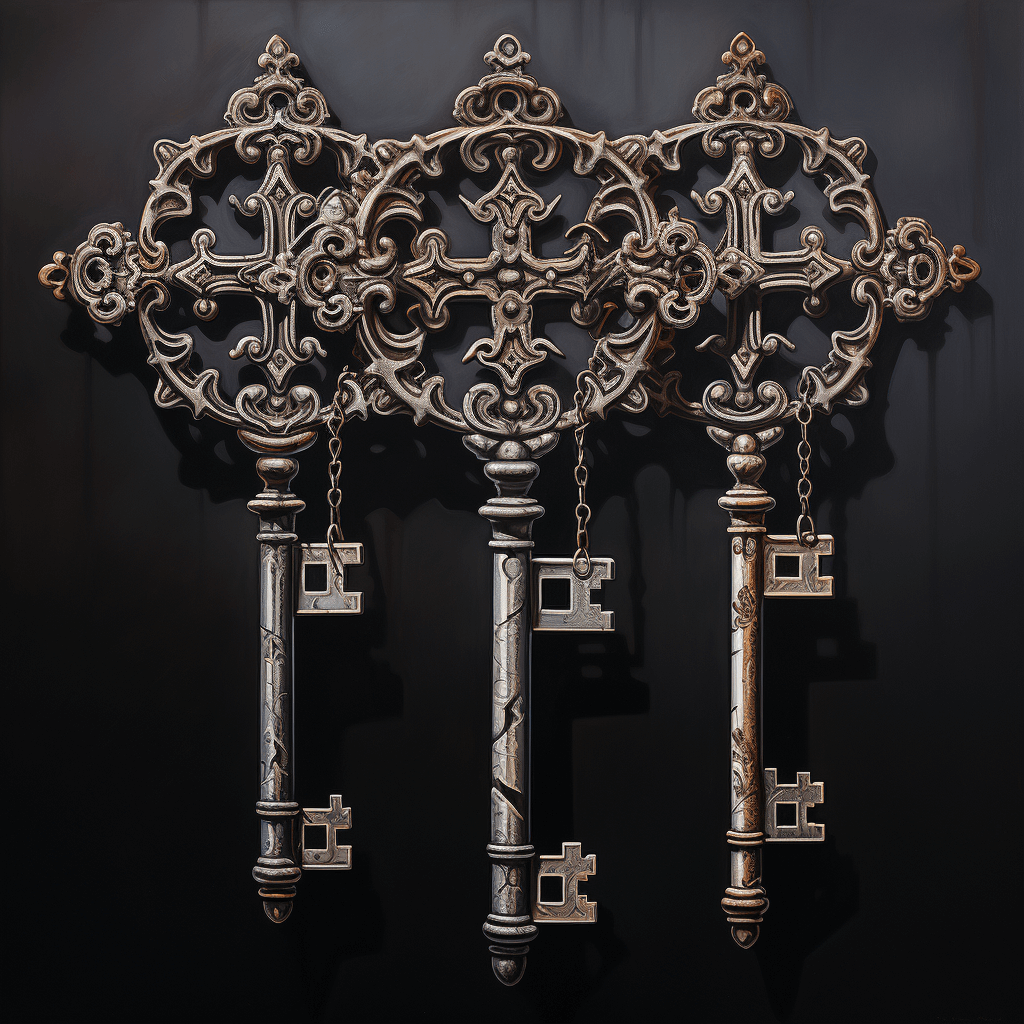
The Crossed Keys are a powerful emblem within the Catholic Church. Directly linked to the authority given by Jesus to St. Peter, they signify the keys to the kingdom of heaven. Moreover, they represent the Pope’s dual responsibility: spiritual authority (the gold key) and worldly power (the silver key).
27. Sacred Heart
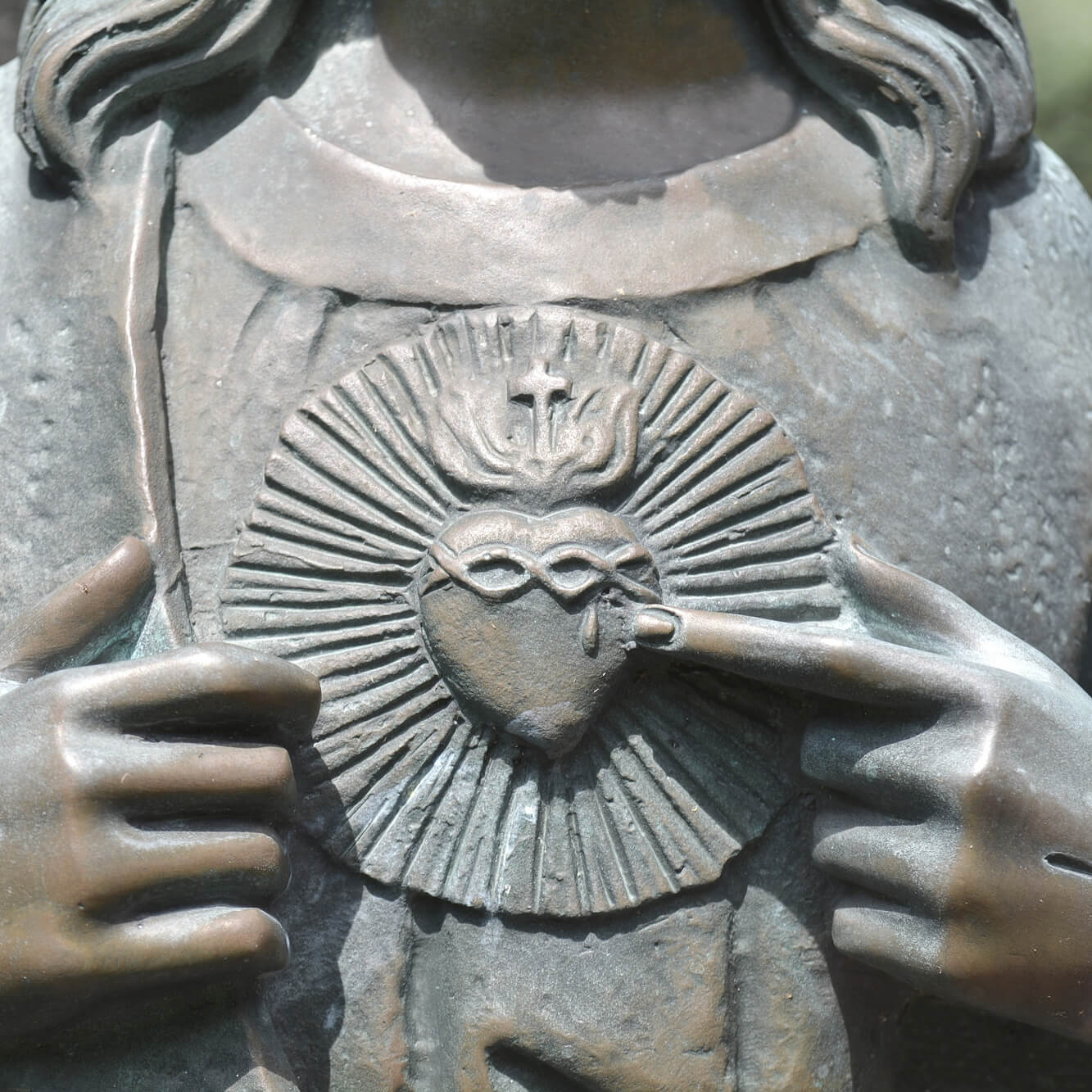
The Sacred Heart is a beautiful symbol portraying Jesus’ immense love for humanity. The flaming heart, often surrounded by a crown of thorns and topped with a cross, represents the burning love and suffering of Christ for mankind. This emblem encourages the faithful to reflect upon Jesus’ unwavering love and the sacrifices He made.
28. Halo
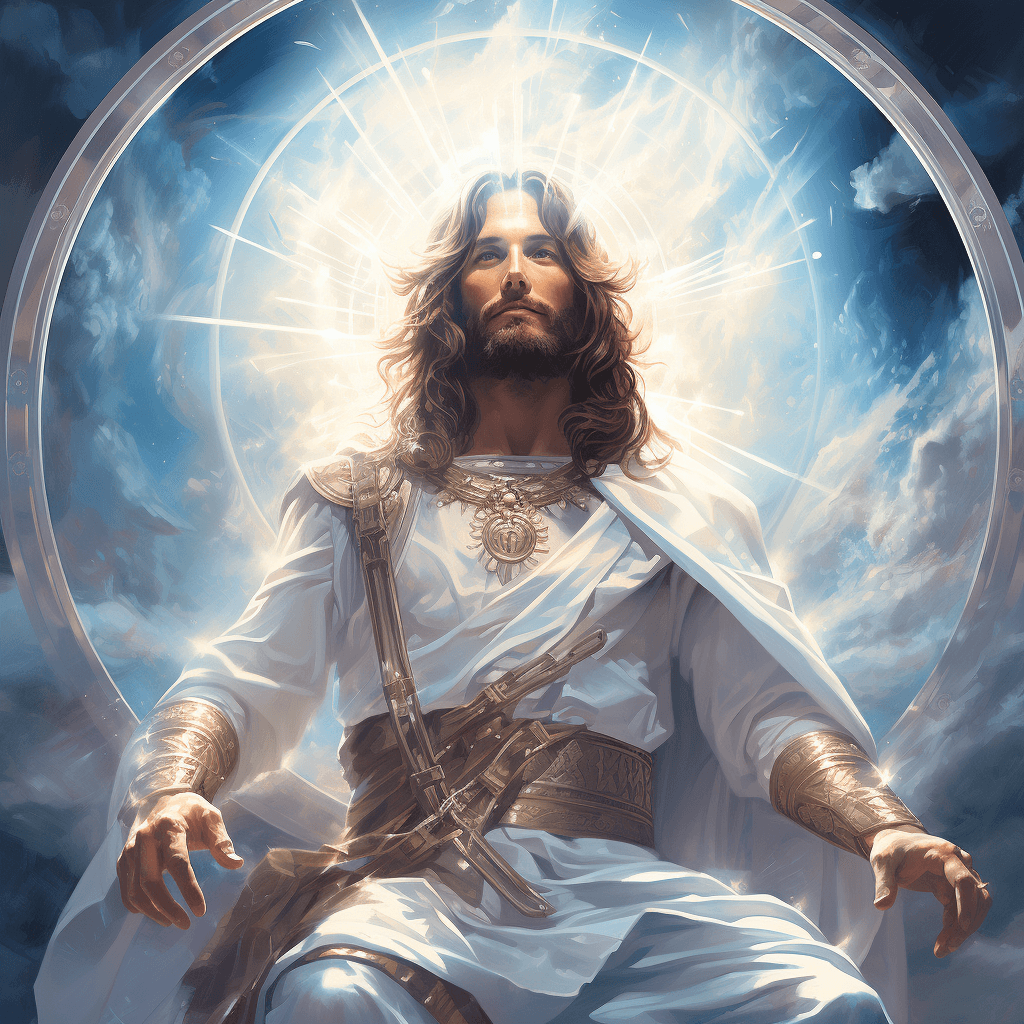
A radiant circle or disk of light, the Halo is typically seen surrounding the heads of holy figures in Christian art. This luminous ring signifies sanctity, divine radiance, and the grace of God. Whether it’s hovering over saints, angels, or the Holy Trinity, the halo marks them as blessed and divine.
29. Snake and Serpent
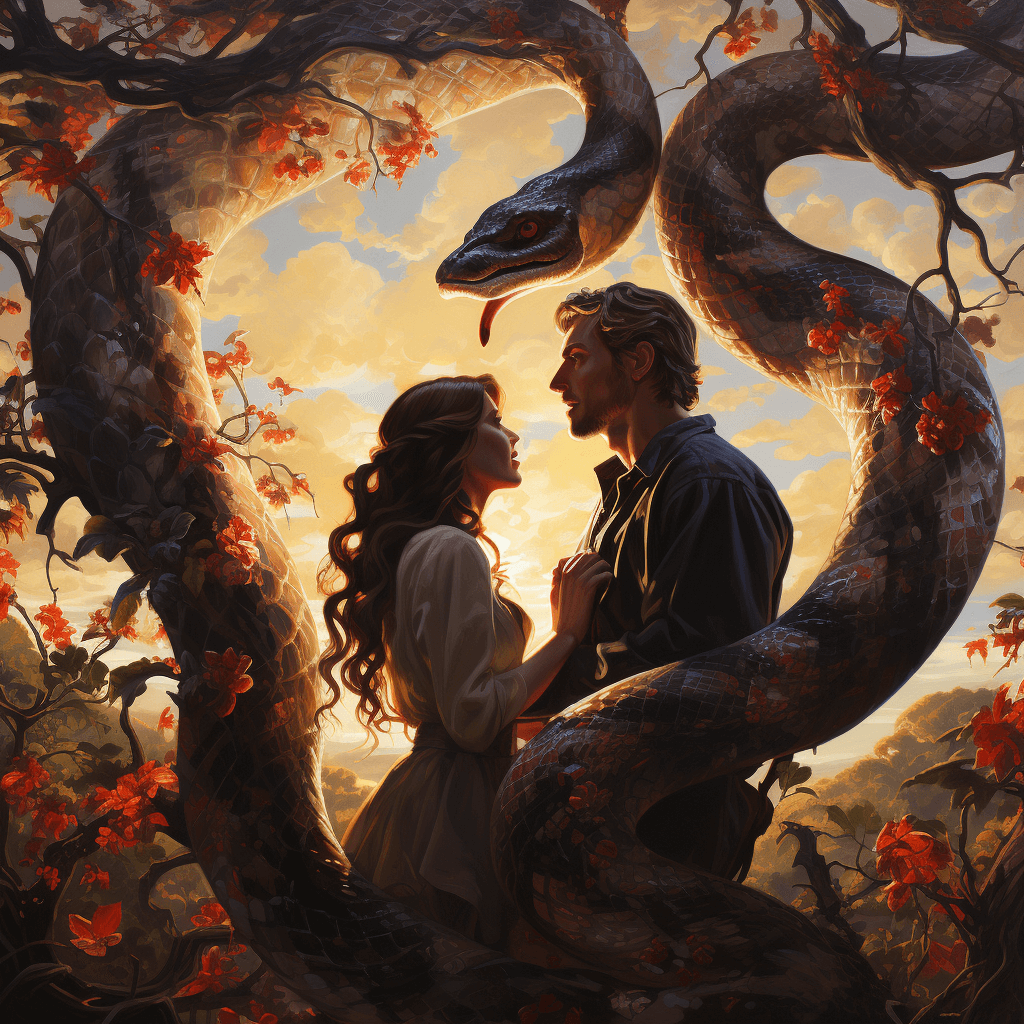
In Christianity, the Snake or Serpent often carries a negative connotation, symbolizing temptation and evil, harking back to the Garden of Eden story. However, it also finds a place in the narrative of Moses and the bronze serpent, symbolizing healing and God’s power to overcome the harmful.
30. Eye of God

The Eye of God, often encased within a triangle, is a profound emblem of divine watchfulness. It’s a reminder that God sees all – our actions, thoughts, and intentions. It embodies God’s omniscience, ensuring believers that no act, good or bad, goes unnoticed.
31. Pelican
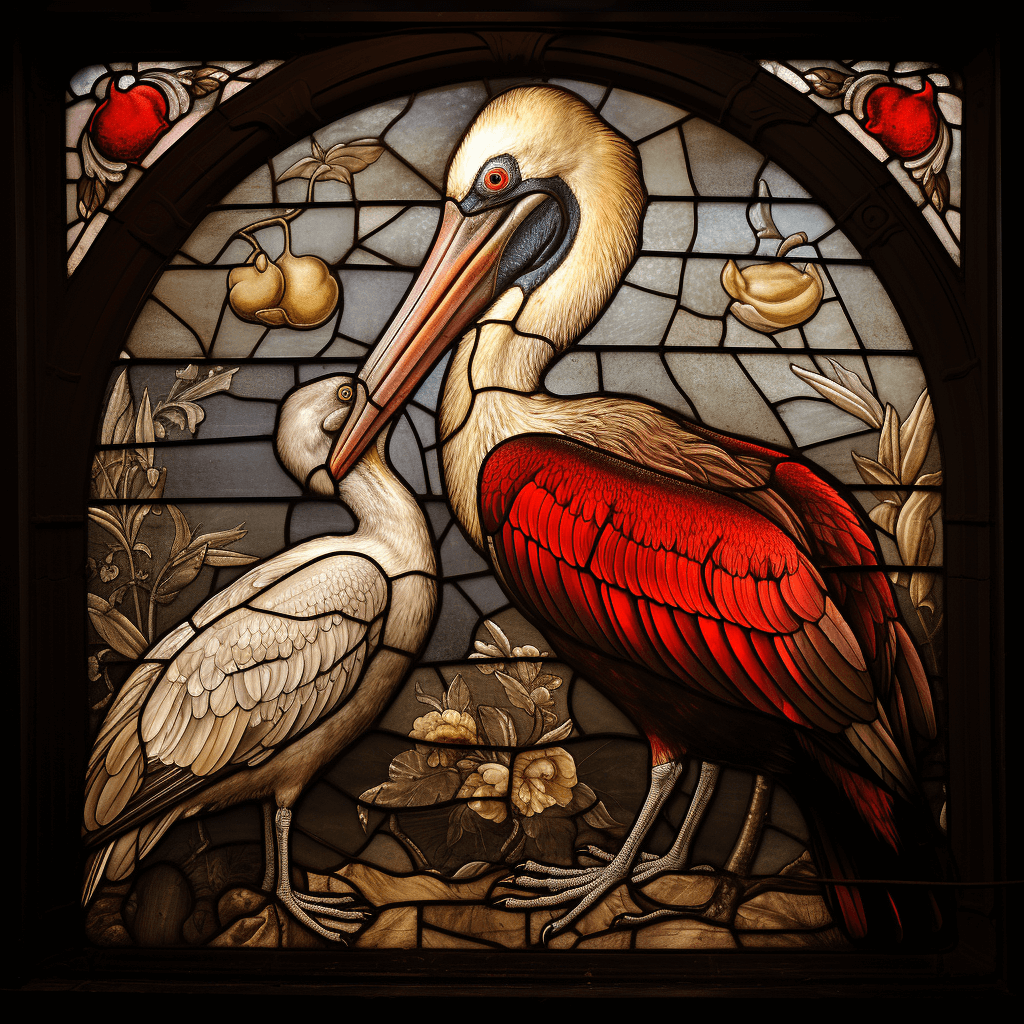
Perhaps surprising to some, the Pelican holds a cherished place in Christian symbolism. There’s a legend suggesting that in times of famine, a pelican would wound its chest to feed its young with its blood. This self-sacrifice is likened to Jesus who gave His life for our salvation.
32. Circle

The Circle, with its unending shape, is a universal representation of eternity. In Christian lore, it accentuates themes of everlasting love and the eternal life promised to believers. It’s a reminder that God’s love is unending, and His promises are everlasting.
33. Crown of Thorns
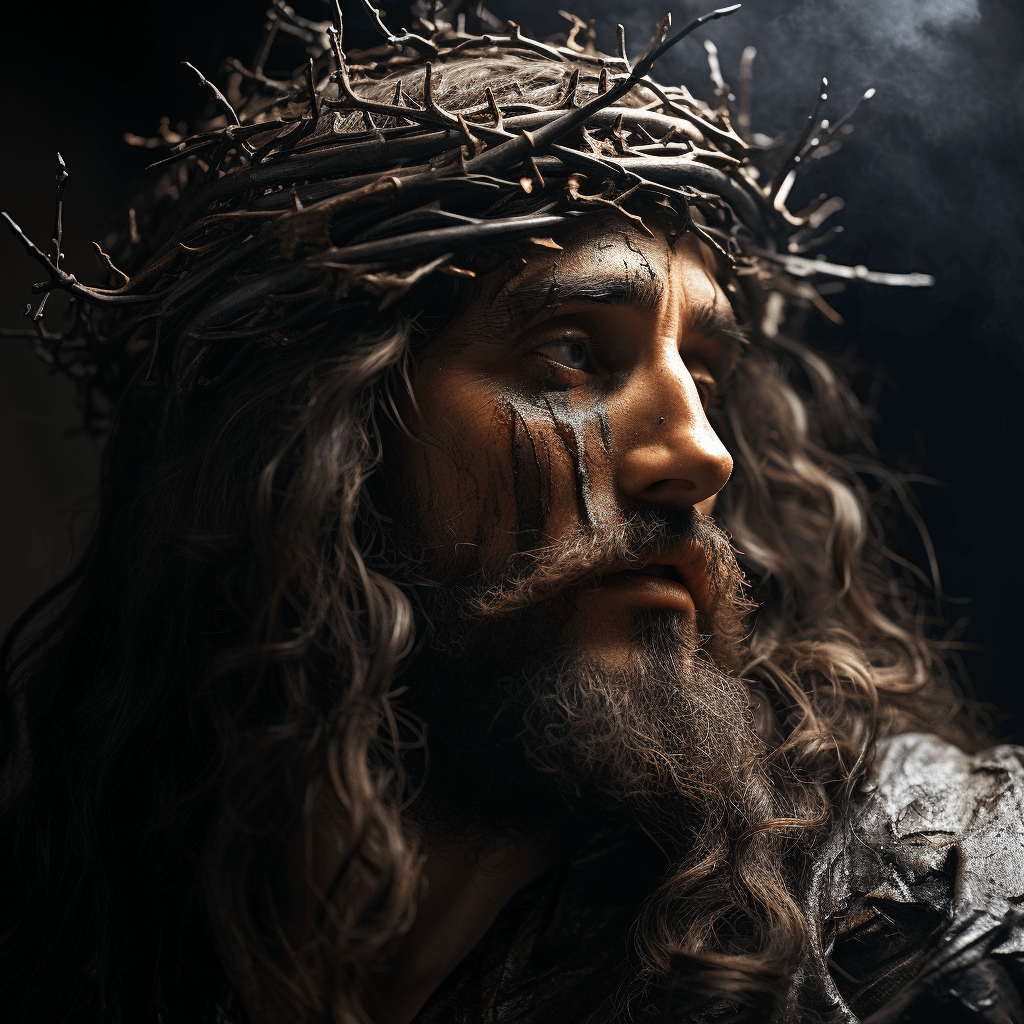
A poignant symbol of the Passion of Christ, the Crown of Thorns was placed on Jesus’ head as a form of mockery and torment before His crucifixion. Today, it stands as a stark reminder of His suffering, sacrifice, and the price paid for our redemption.
34. Ship

Navigating through tumultuous waters, the Ship is a metaphor for the Church’s journey through the ages. It reflects the challenges, tribulations, and the guiding light of Christ leading the way. The ship symbolizes the community of believers united in faith, sailing towards the promise of salvation.
35. Olive and Olive Branch
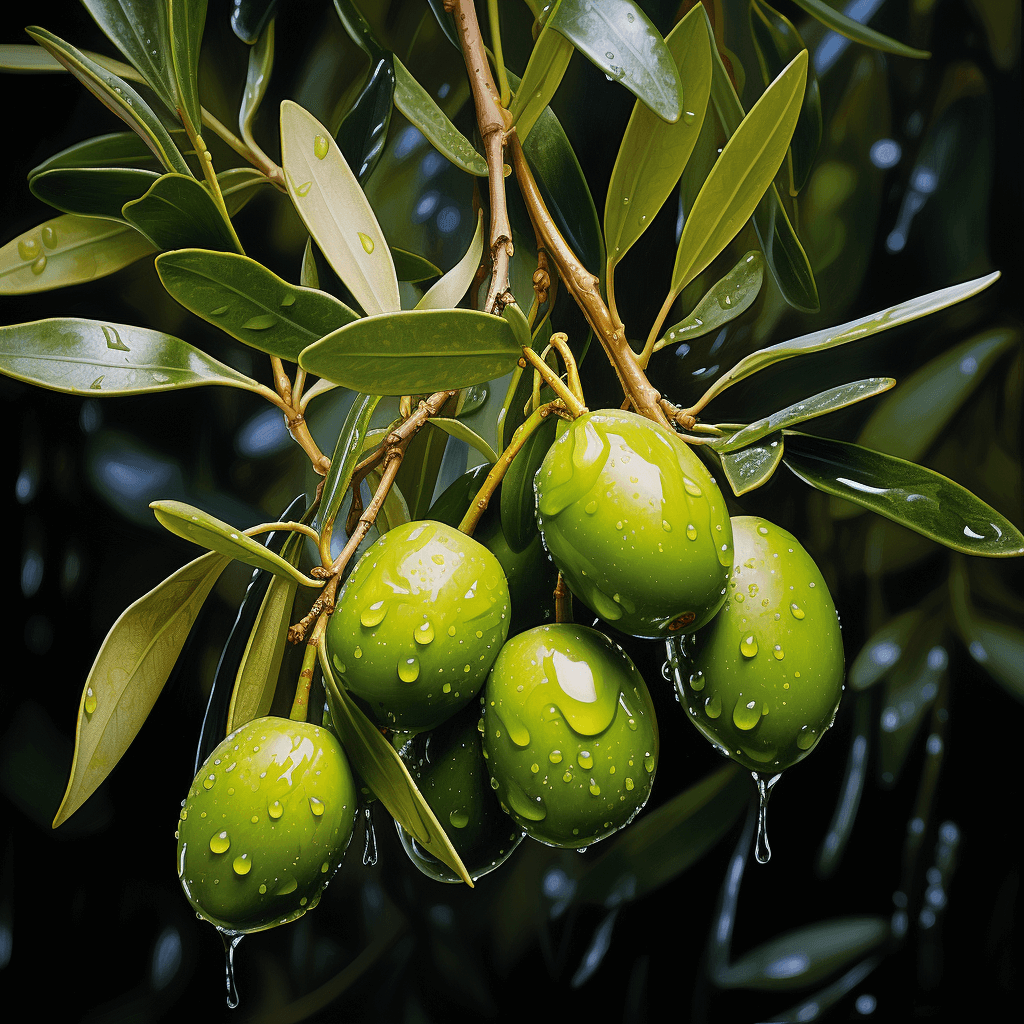
The Olive and its branch have long been associated with peace, reconciliation, and new beginnings. In Biblical tales, it’s the olive branch that a dove brings back to Noah, signaling the end of the flood and God’s promise of a fresh start. Additionally, olive oil, often used in sacred rites, underscores the blessing of the Holy Spirit.
36. Candle
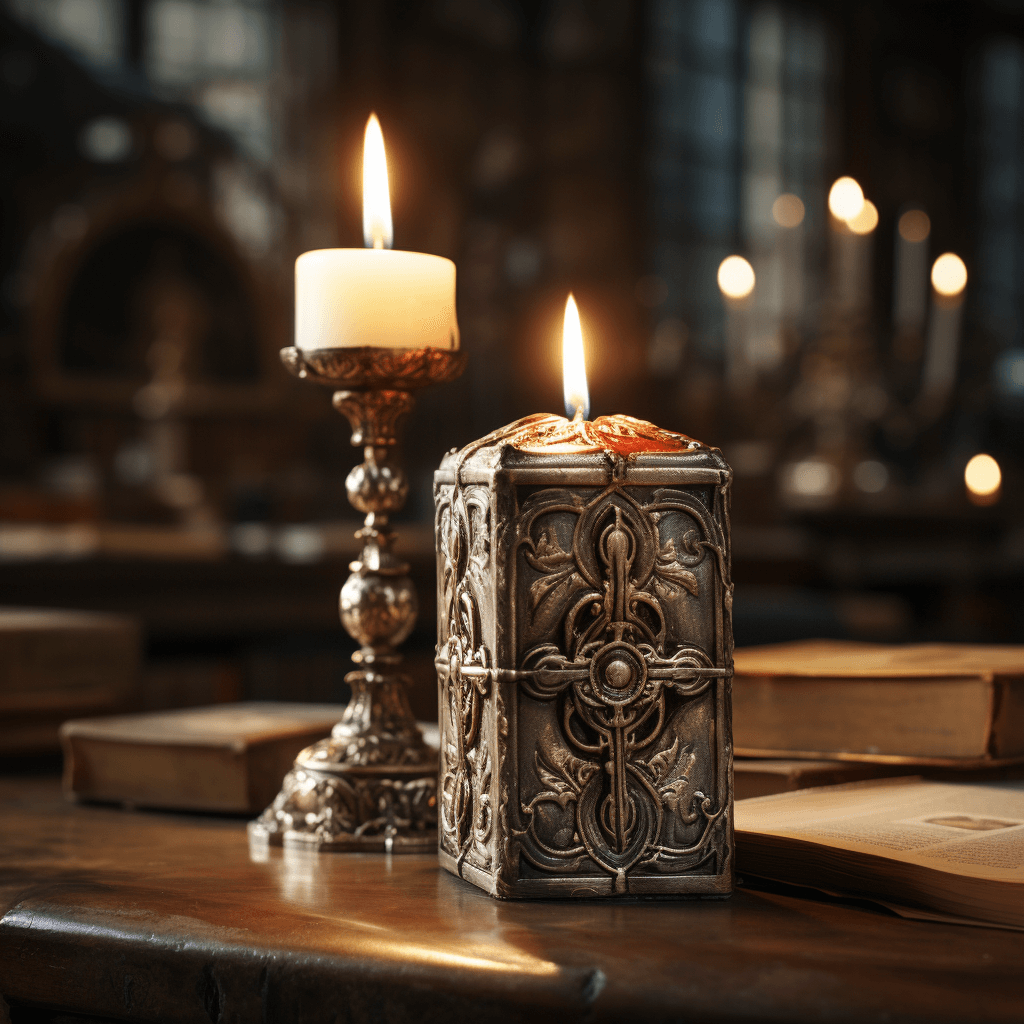
A simple yet profound symbol, the Candle embodies the luminous presence of Christ, the “Light of the World.” In darkness, its flame serves as a beacon, guiding the lost and illuminating the path of righteousness. As Christians, we’re also reminded of our mission: to carry this light and spread its warmth to every corner of the world.
Final Reflections
Navigating the rich tapestry of Catholic symbols offers a profound journey into the heart of faith, tradition, and devotion. These symbols, deeply woven into the fabric of history and belief, provide touchstones for our spiritual journey, illuminating our path towards a deeper understanding of our faith. They serve as reminders of the sacrifices, love, and teachings that form the foundation of Catholicism. As we encounter these symbols in our daily lives, whether in places of worship, art, or personal reflection, let’s take a moment to ponder their significance, allowing them to inspire and rekindle our connection with the divine. In doing so, we can continue to find solace, guidance, and inspiration in their enduring messages.

